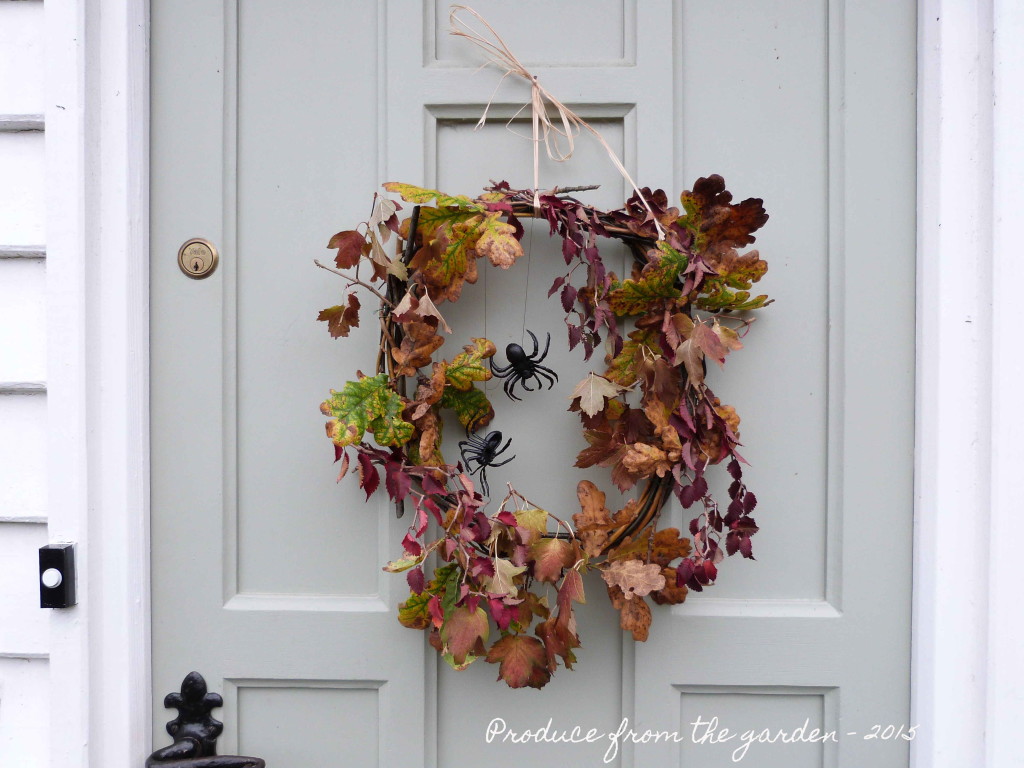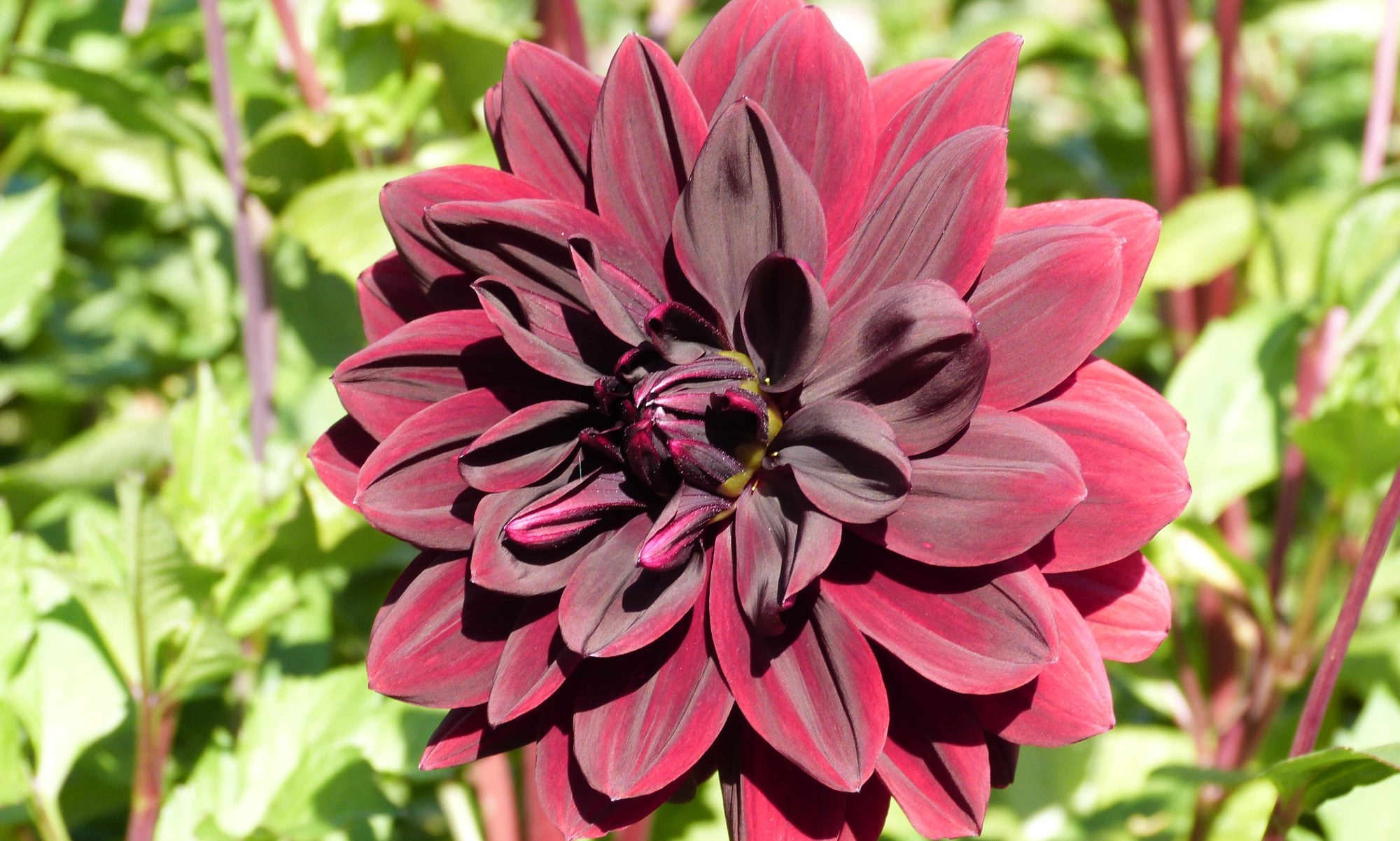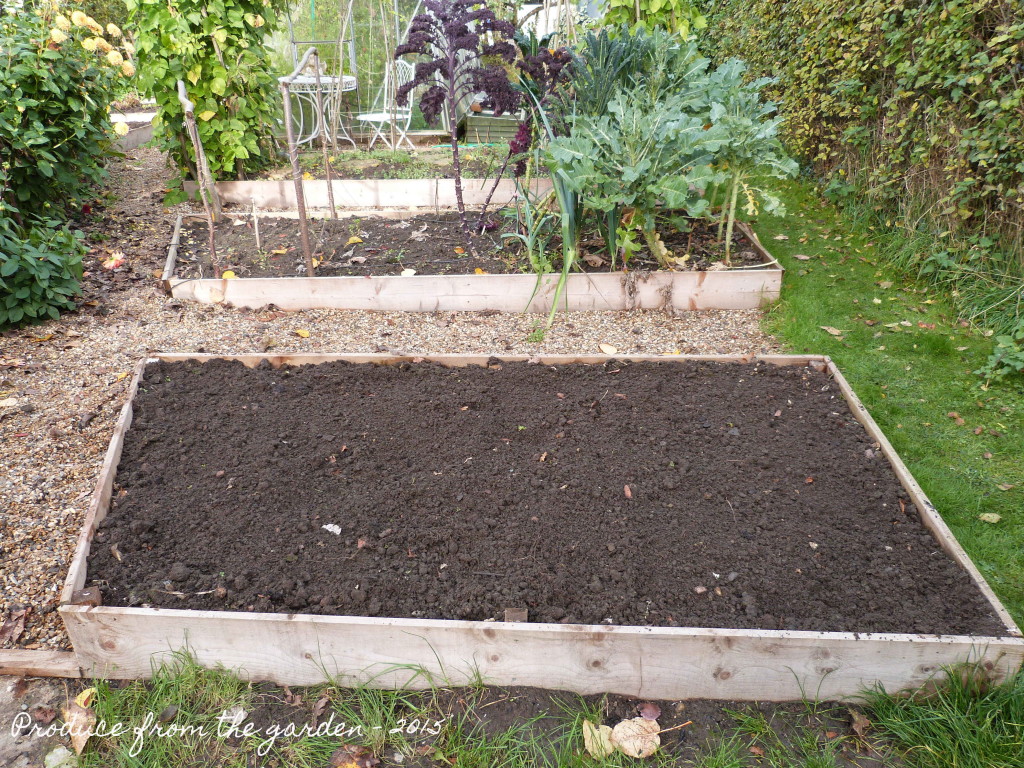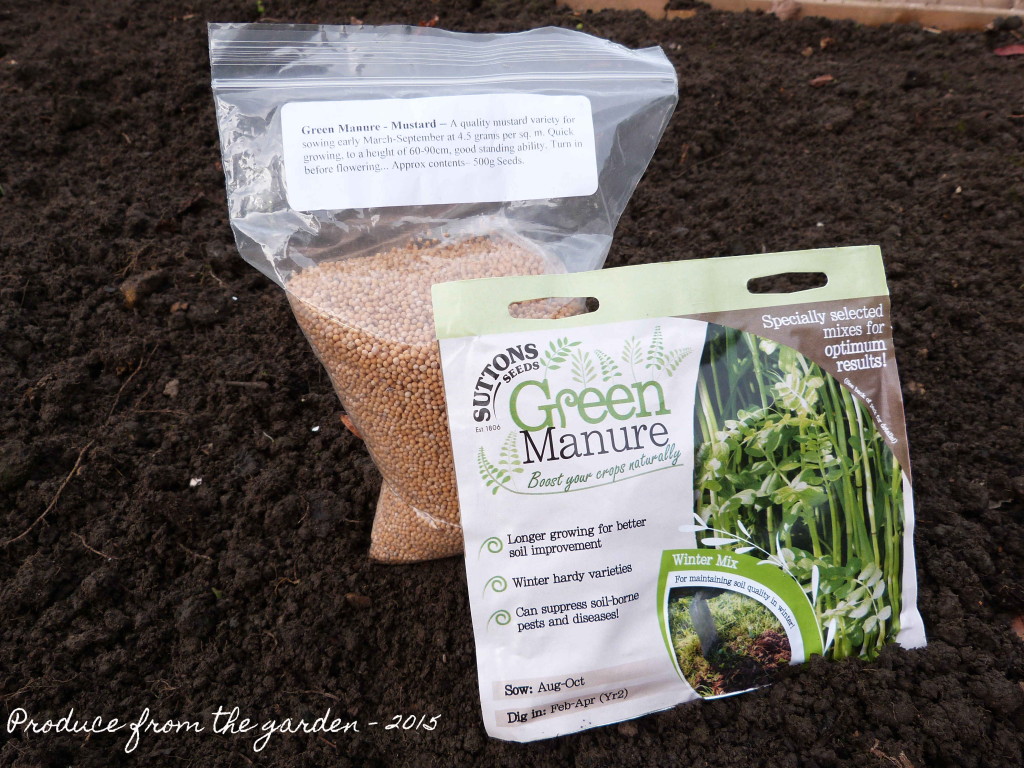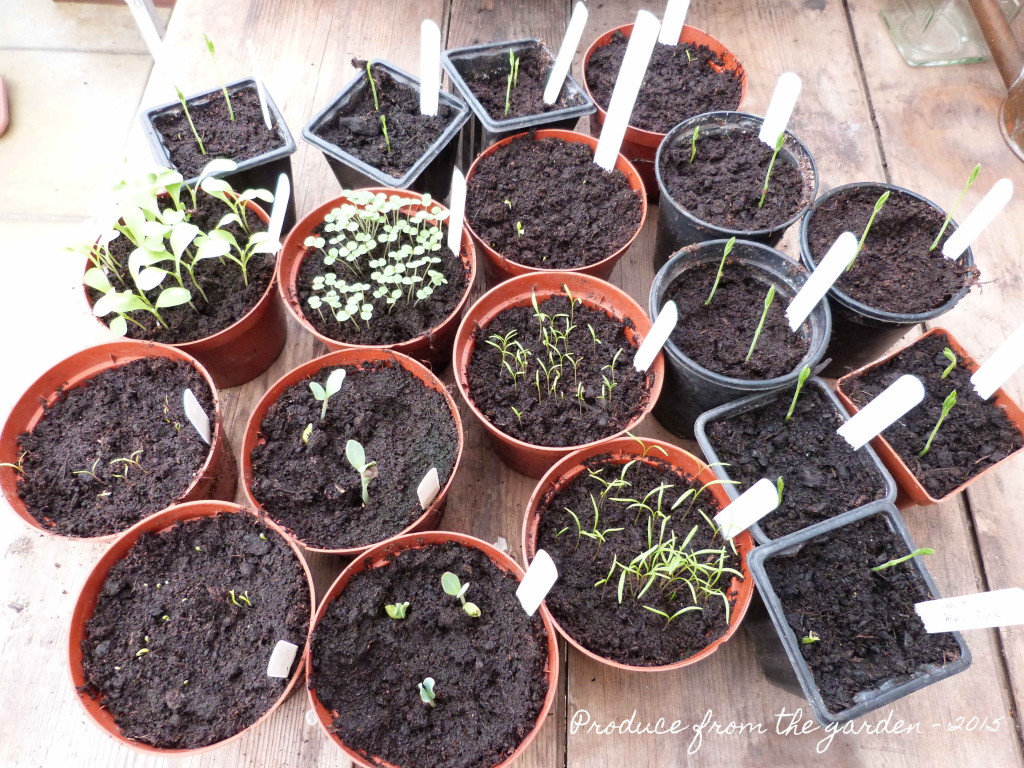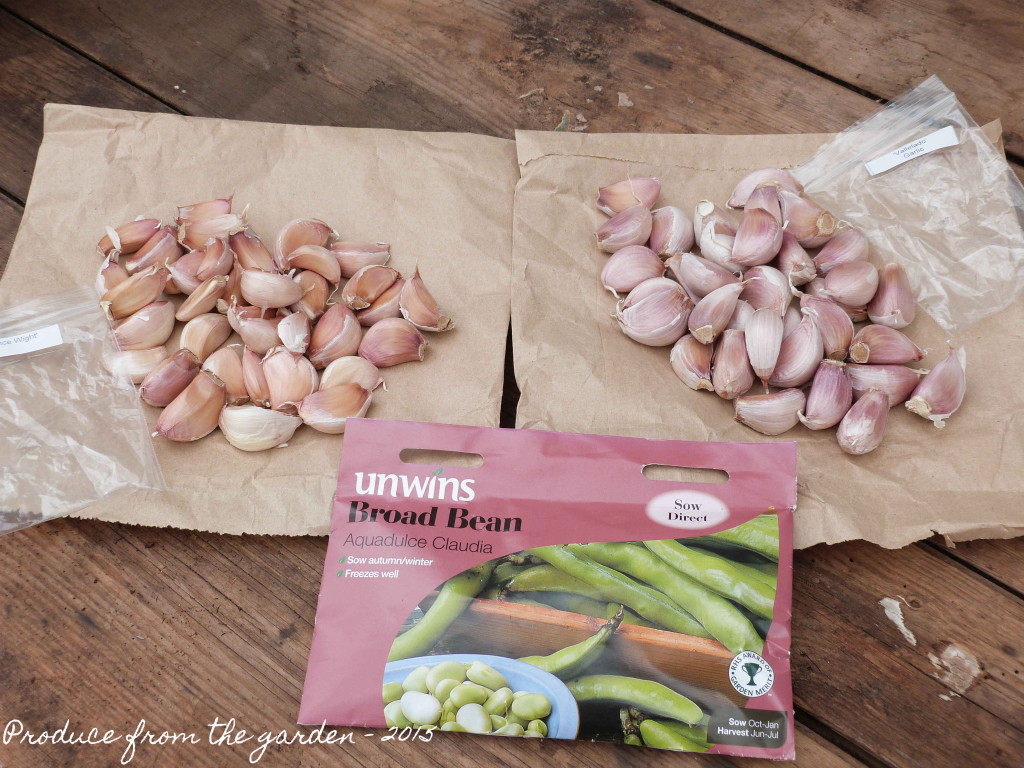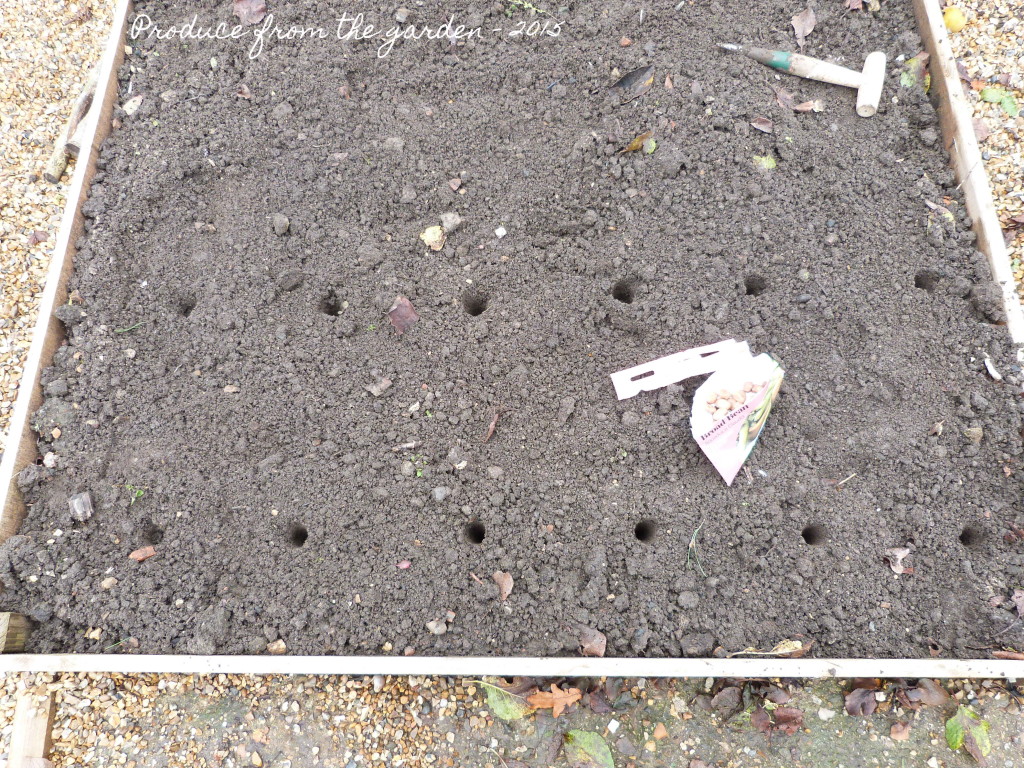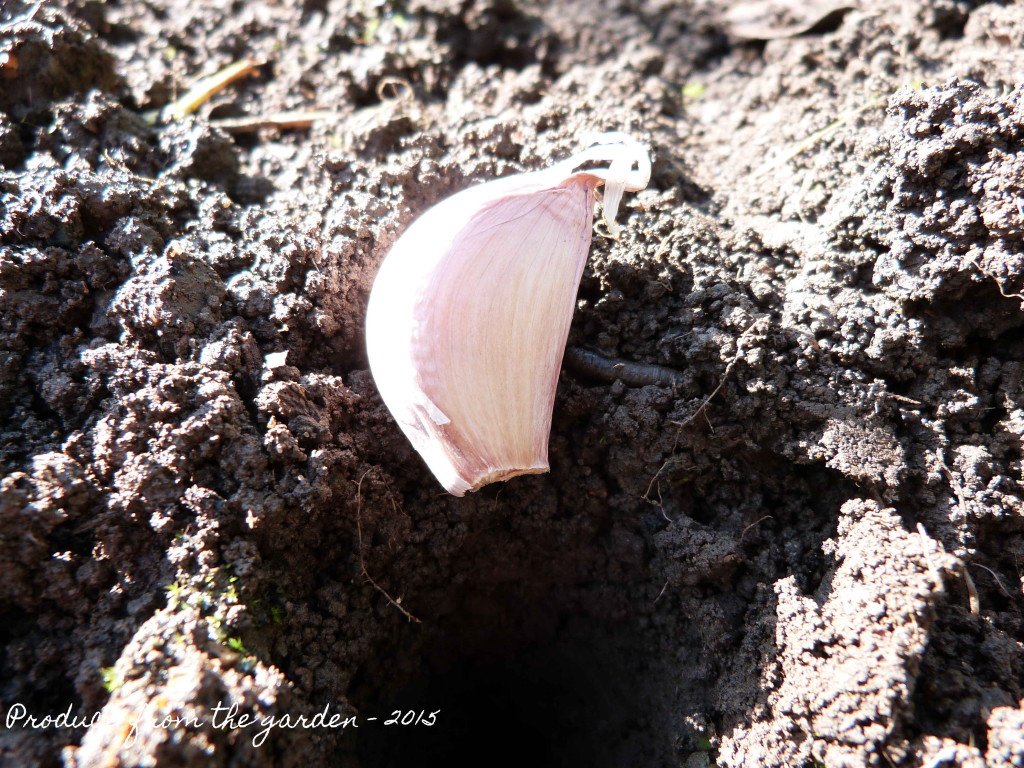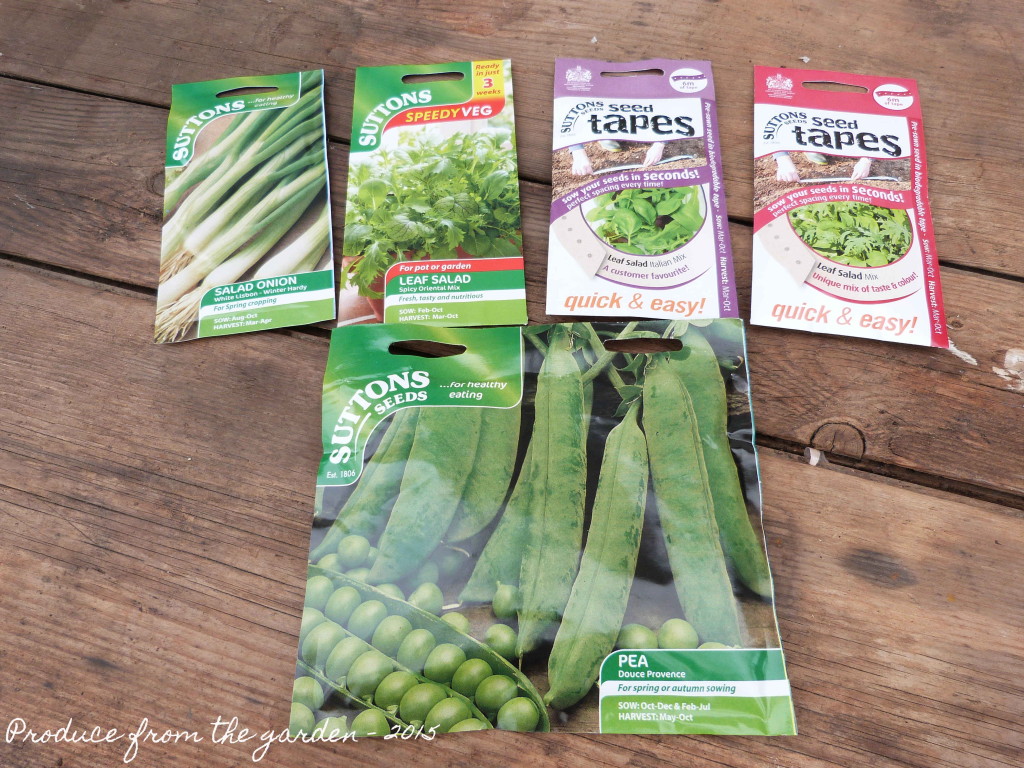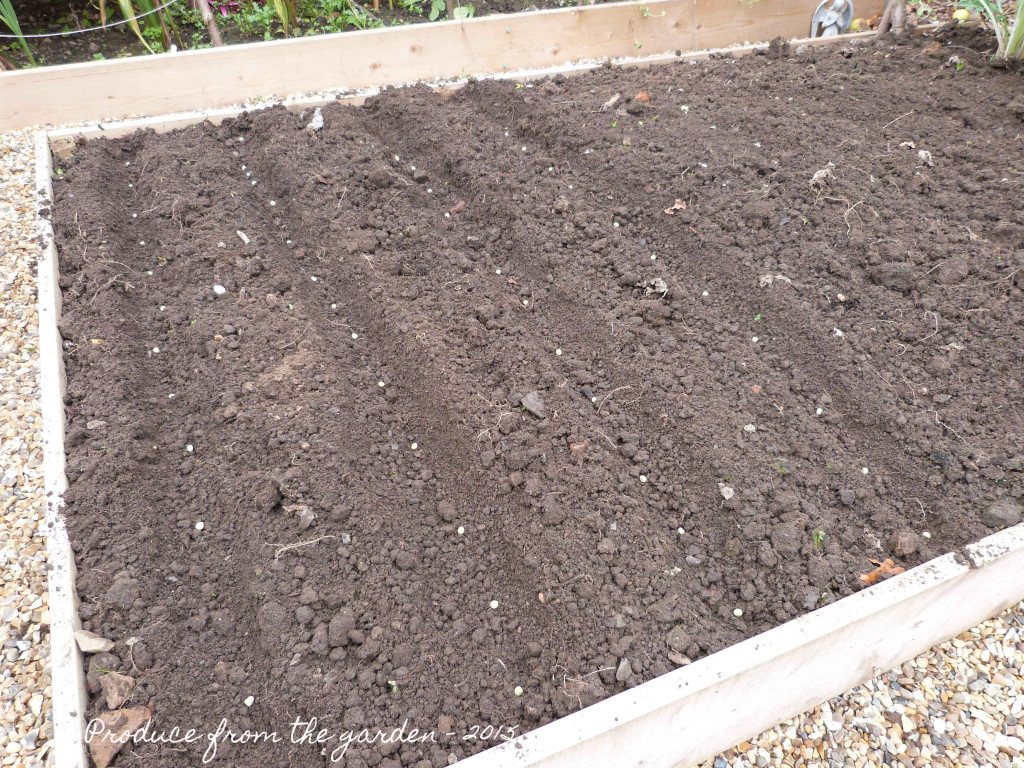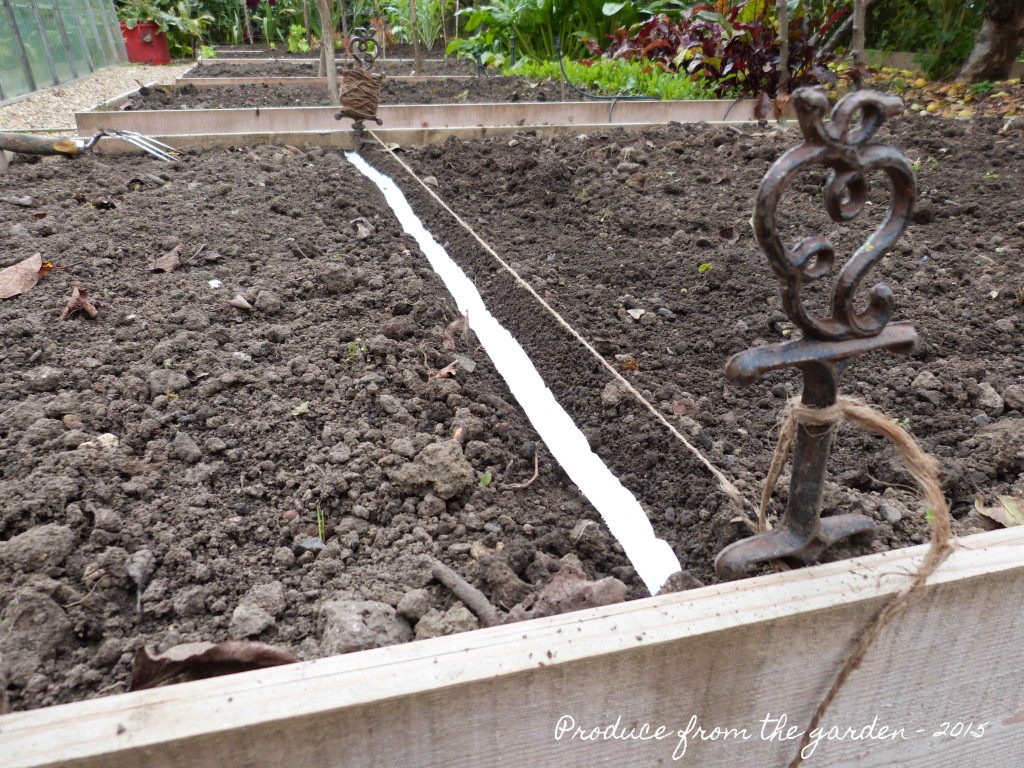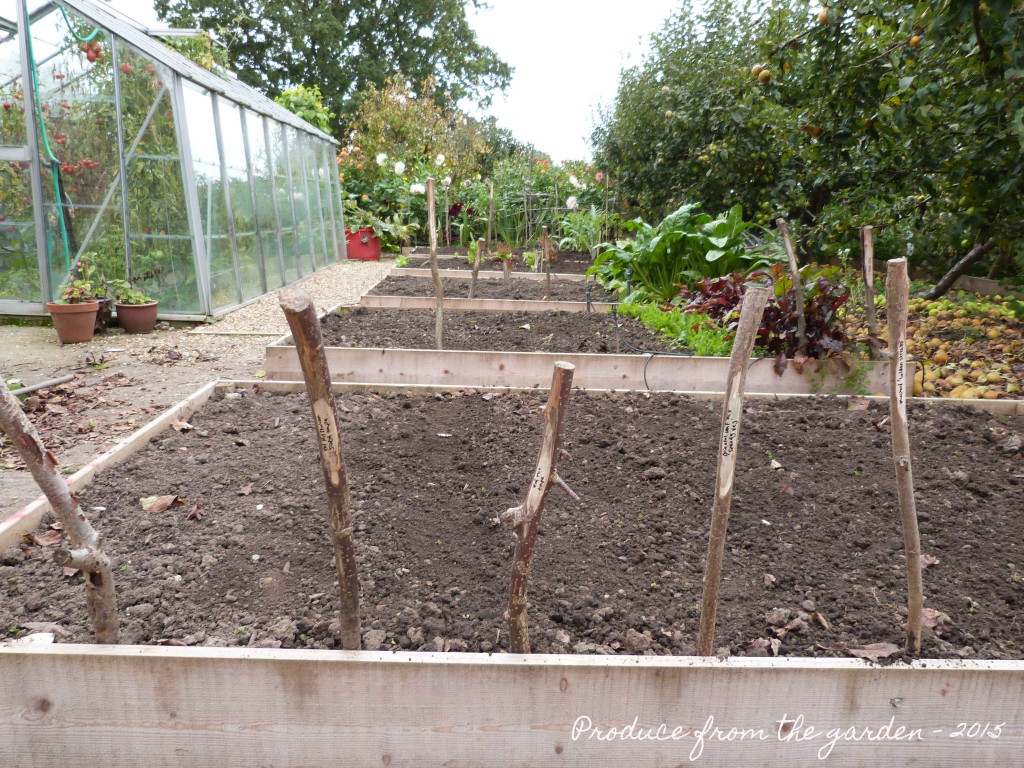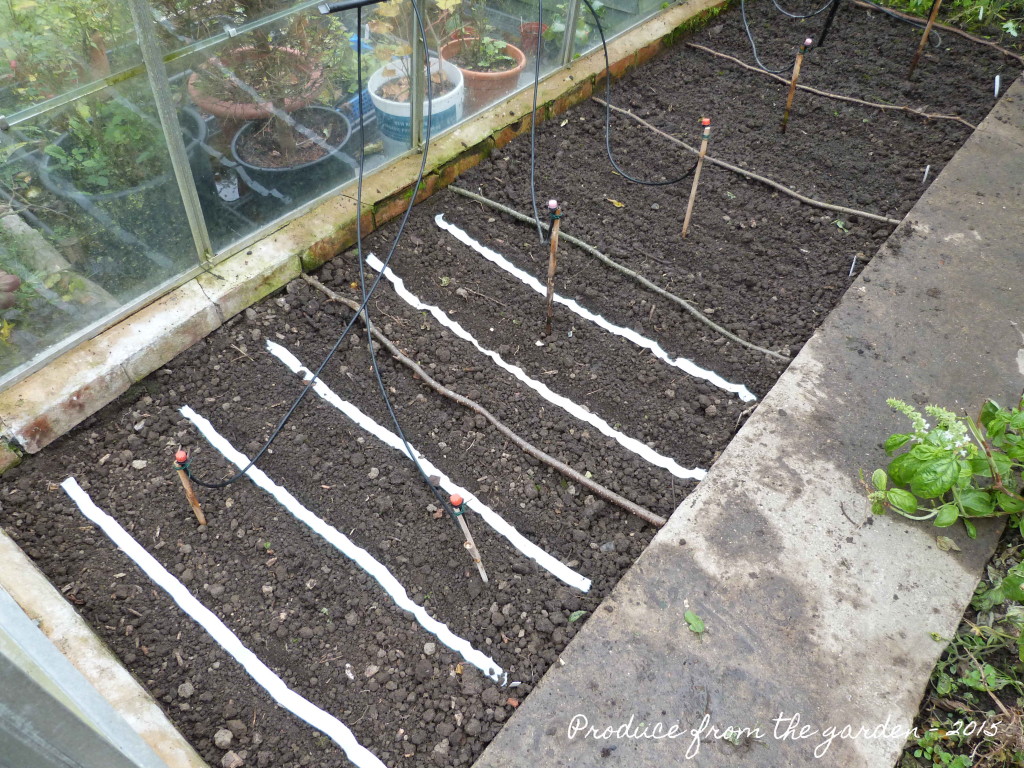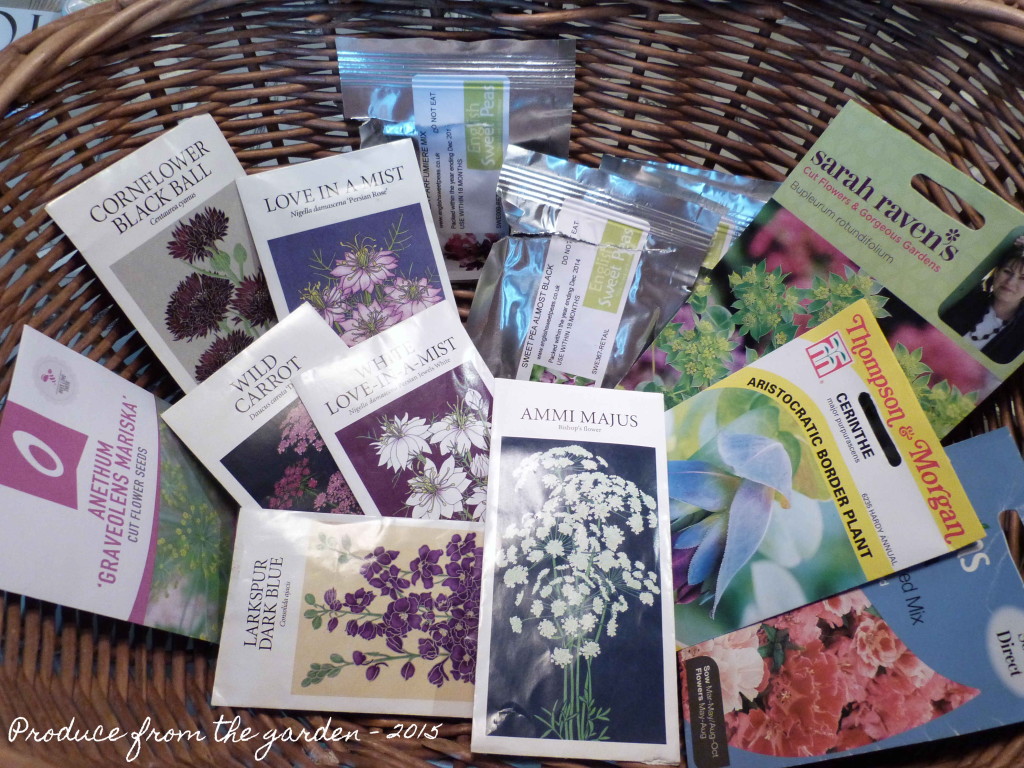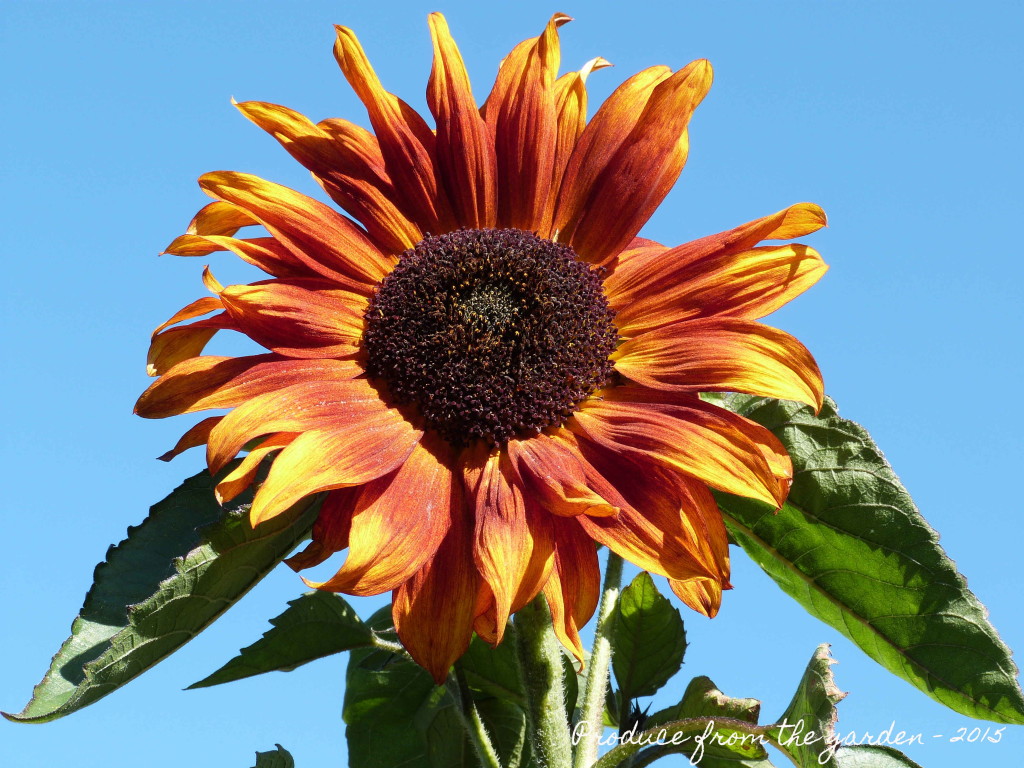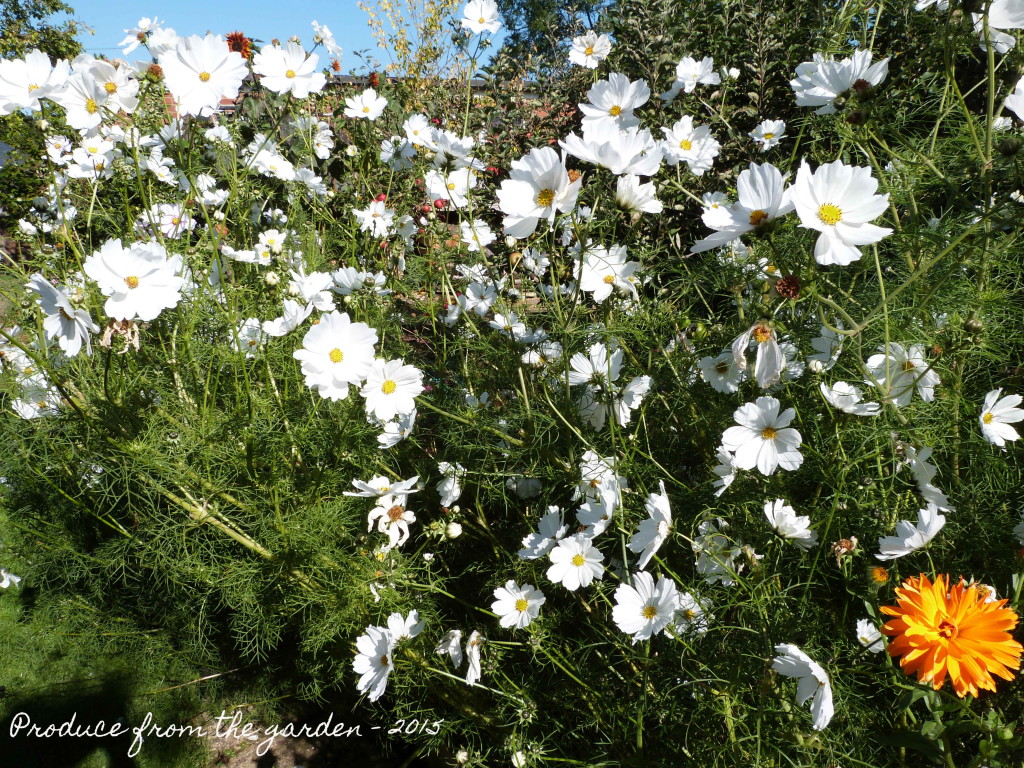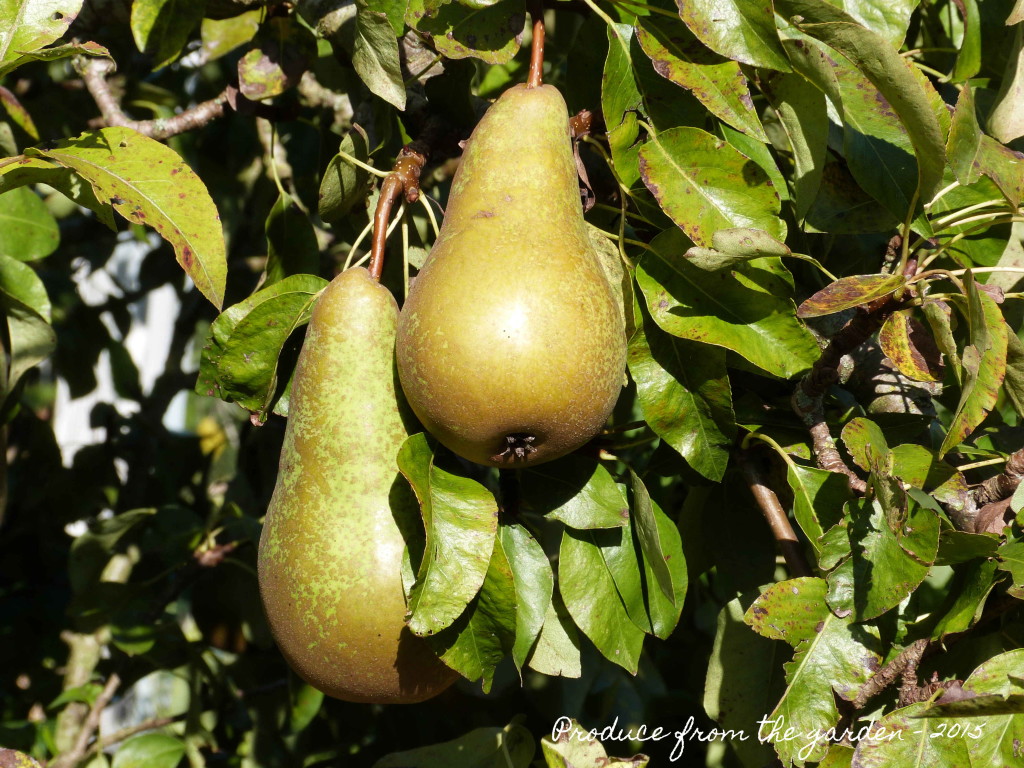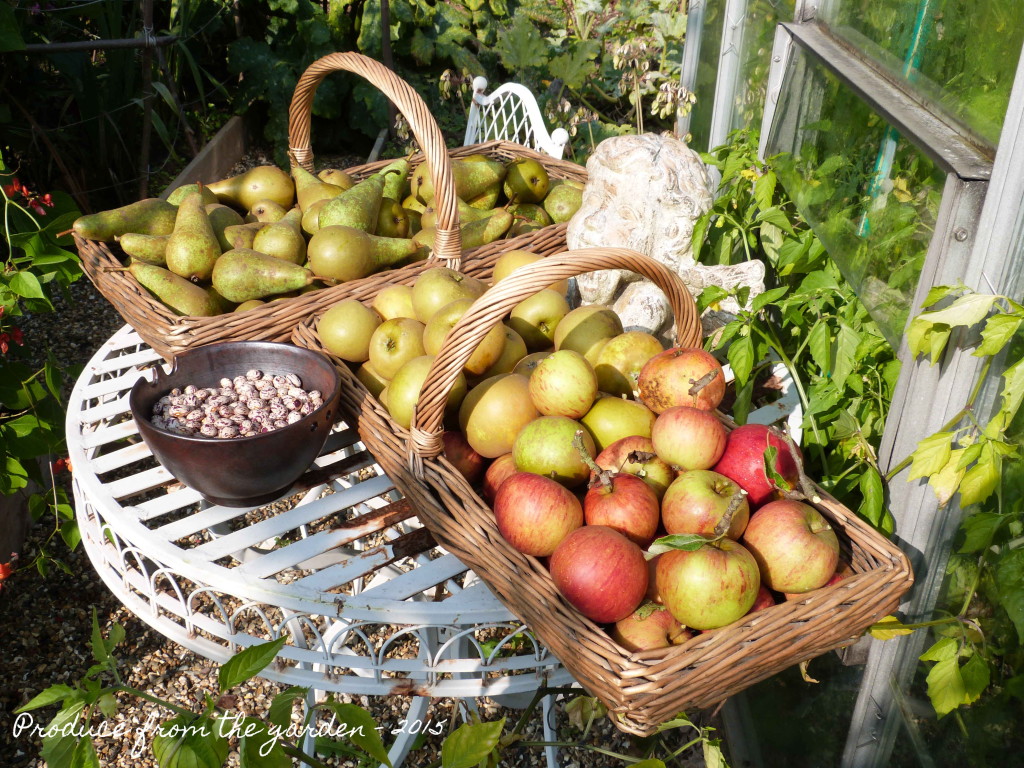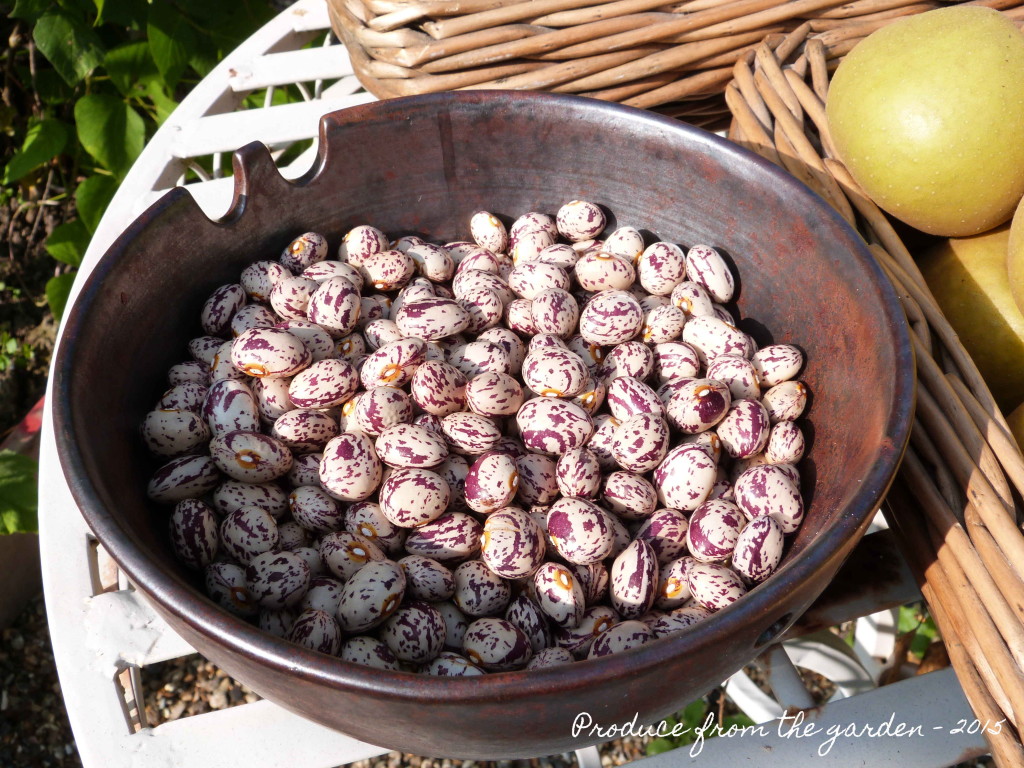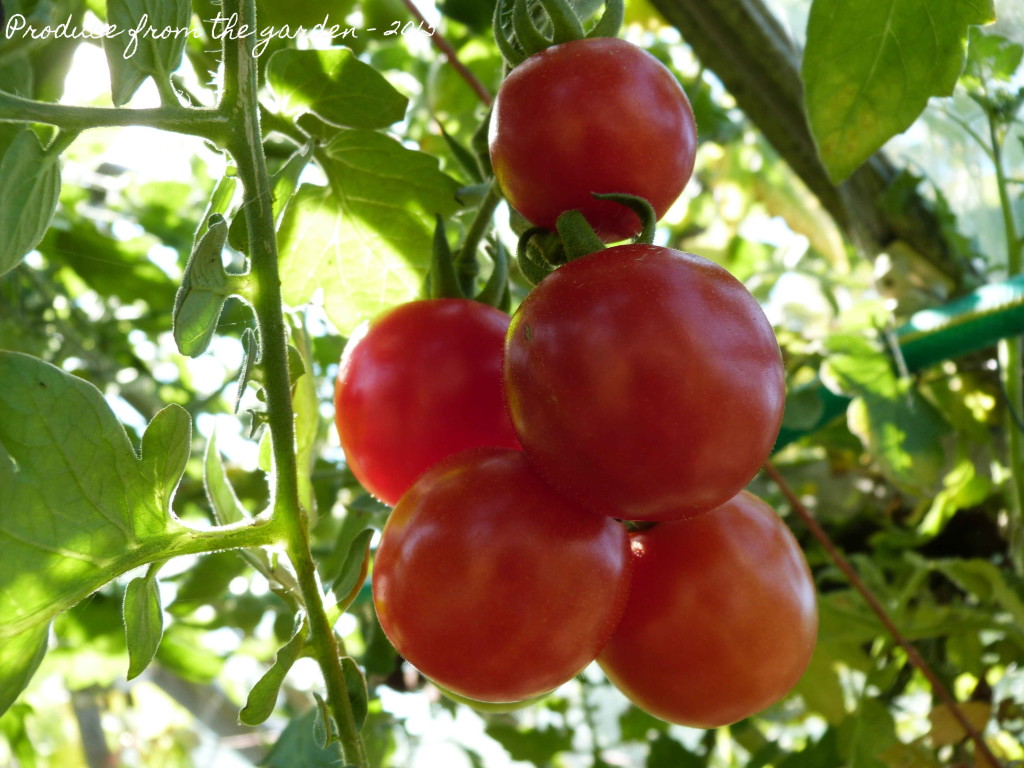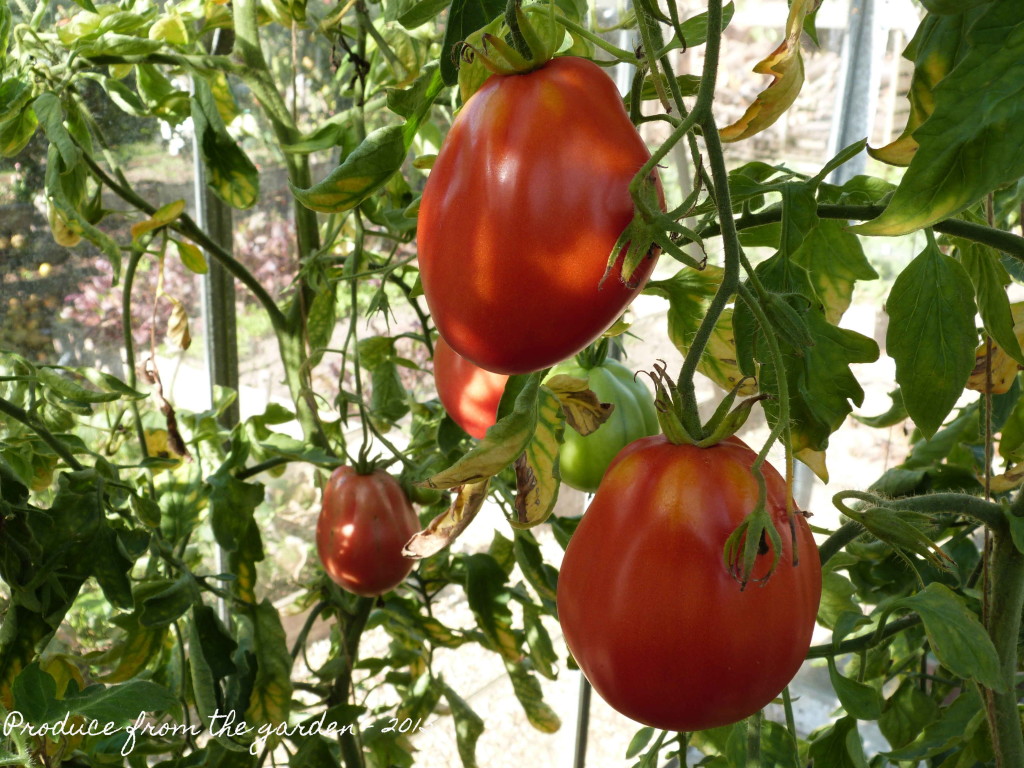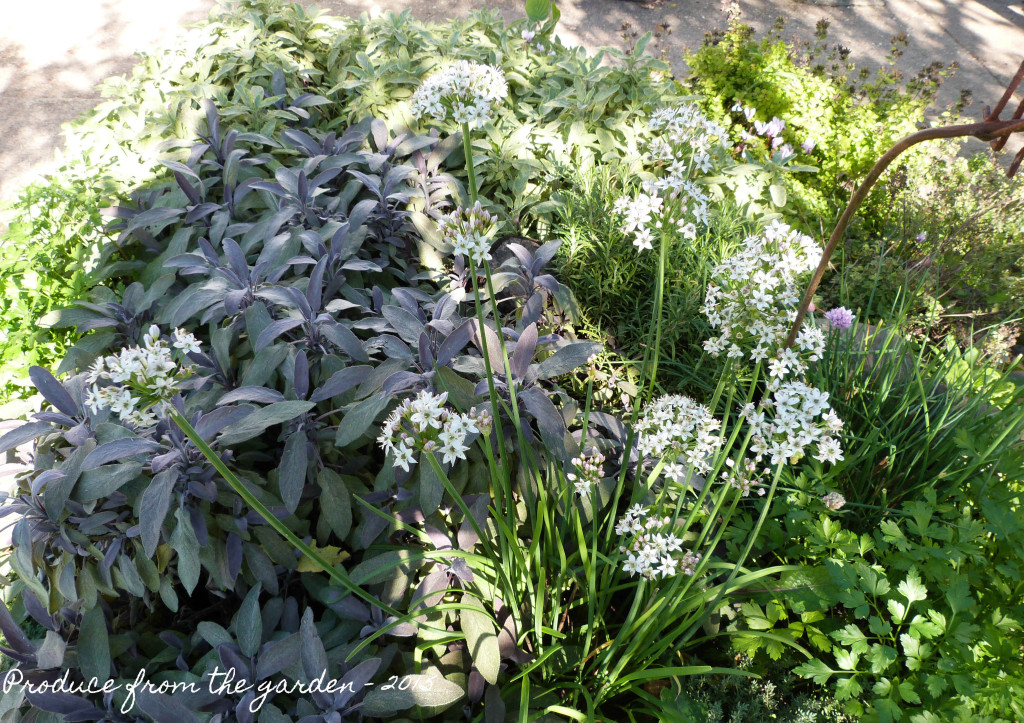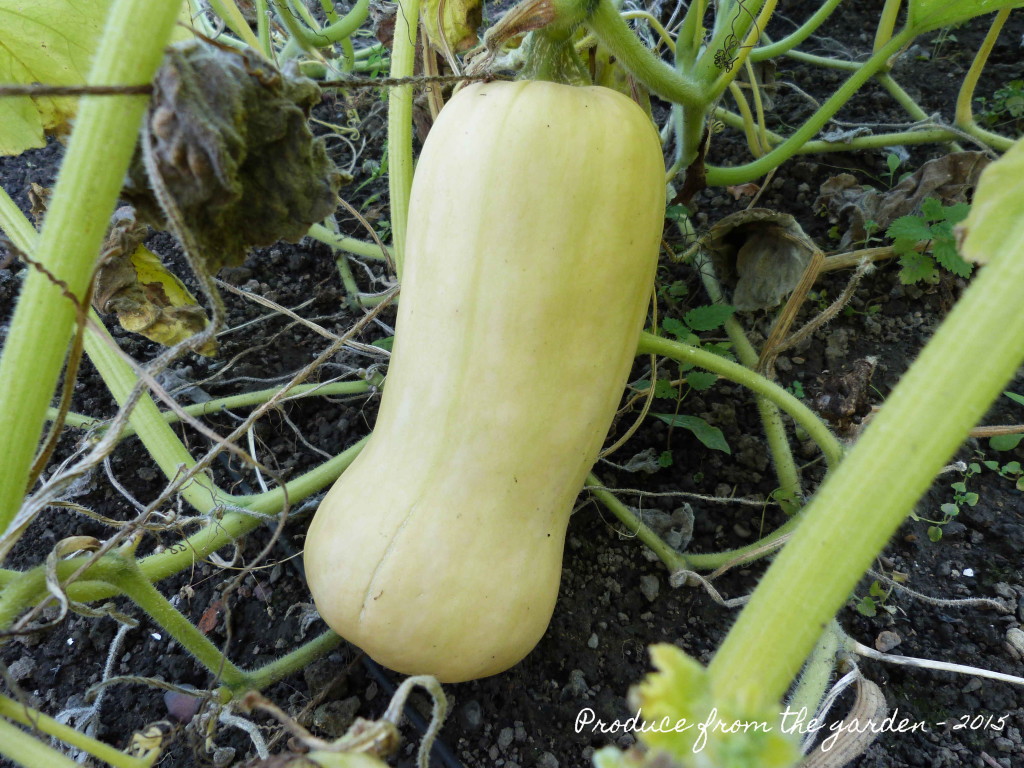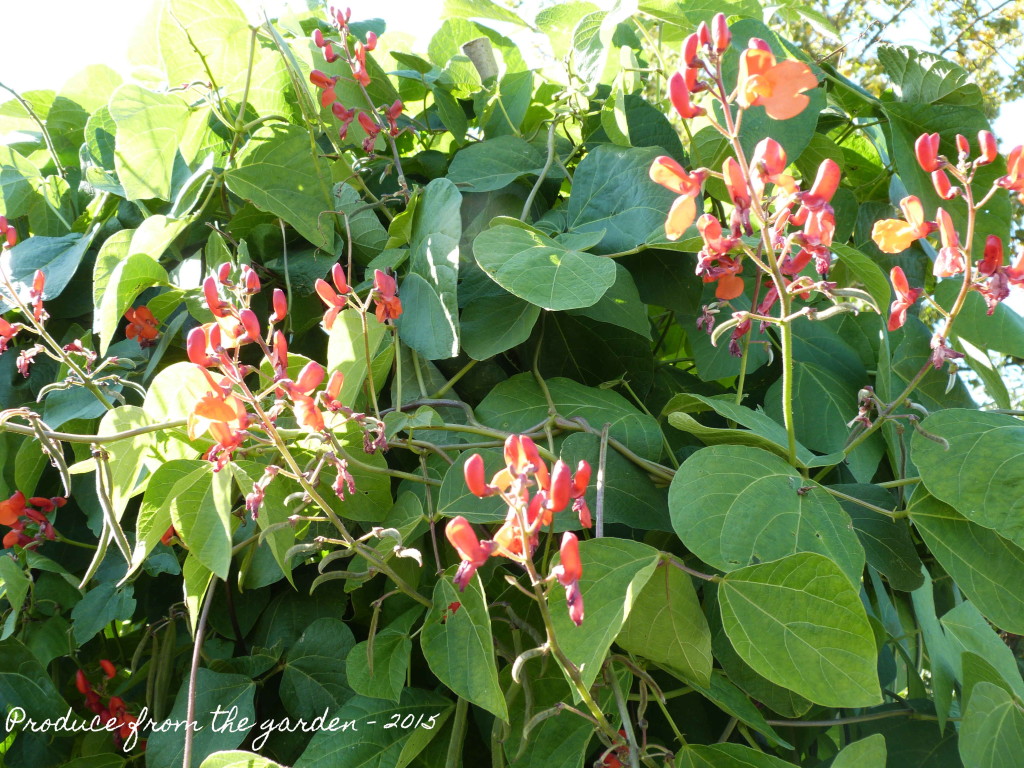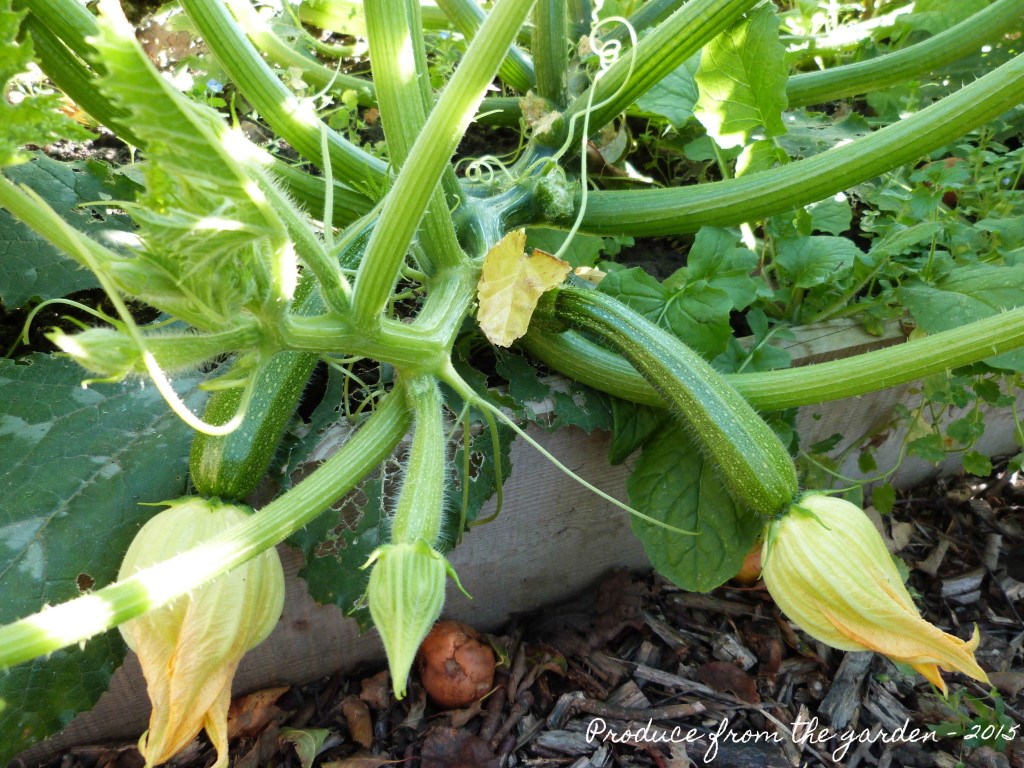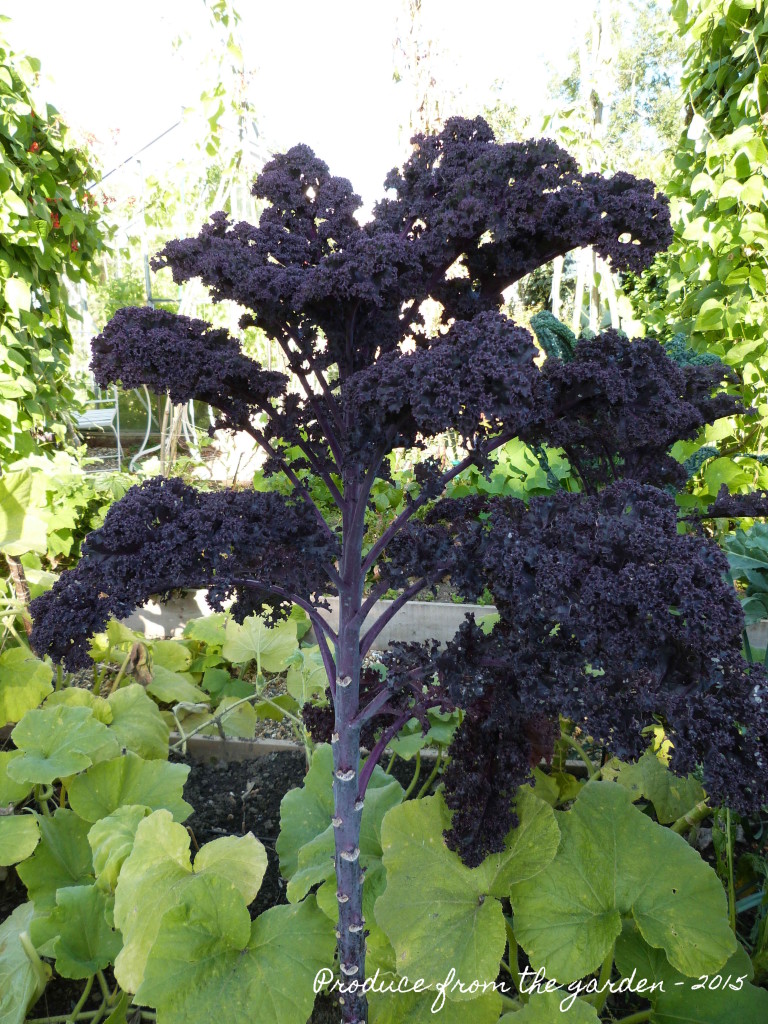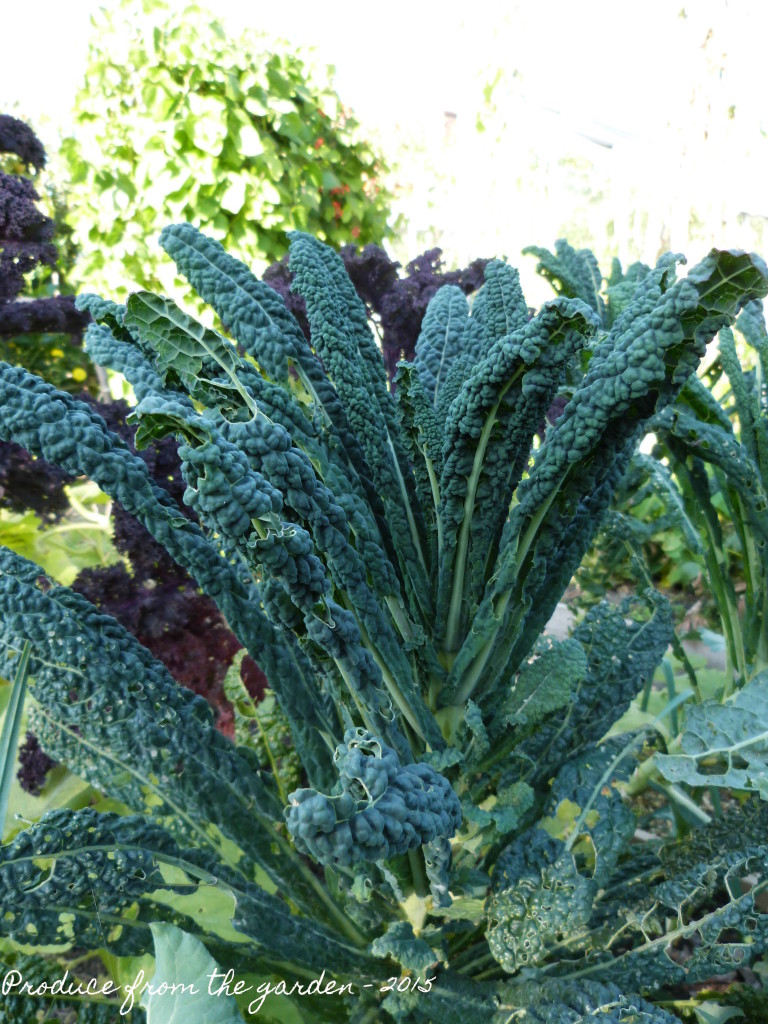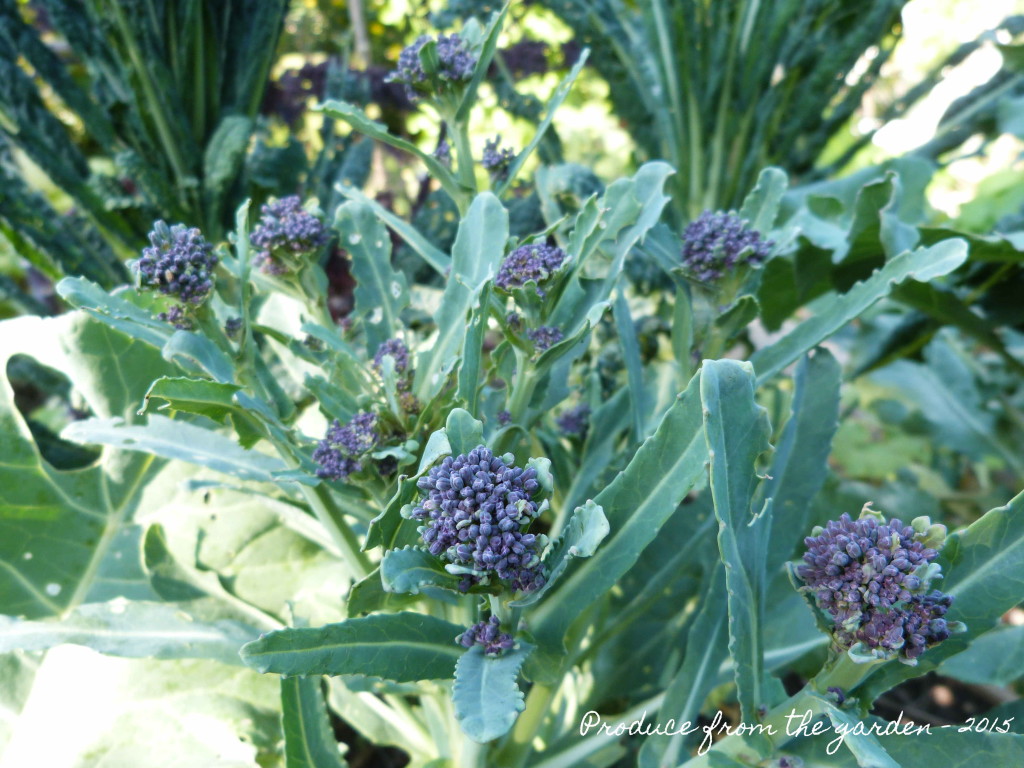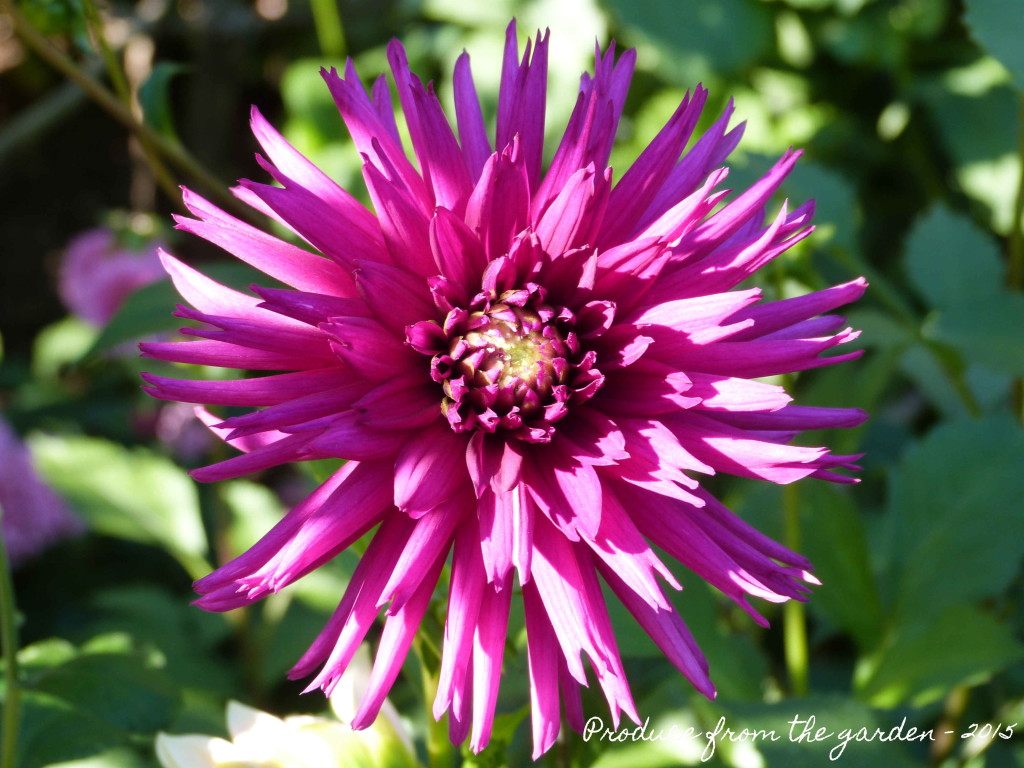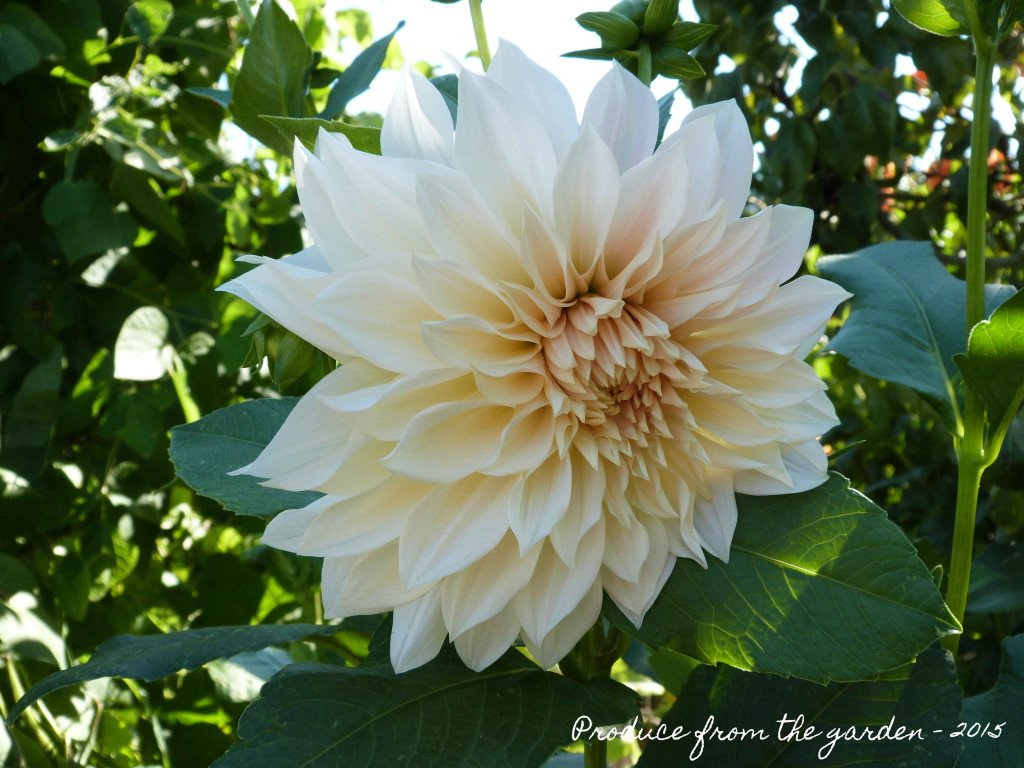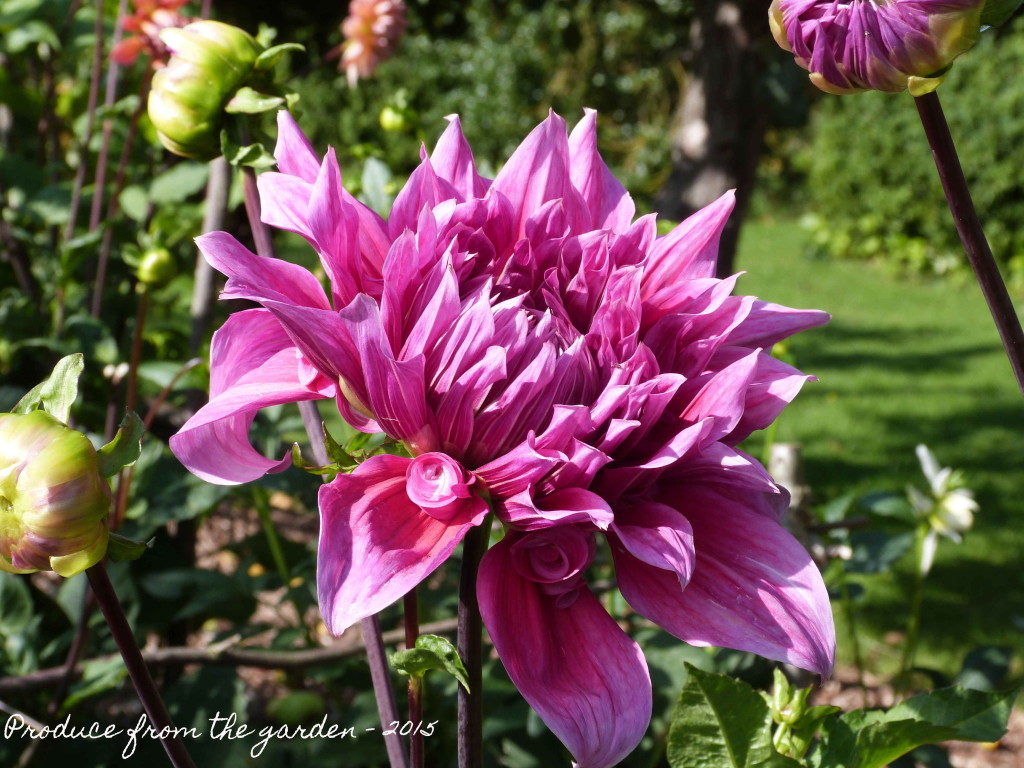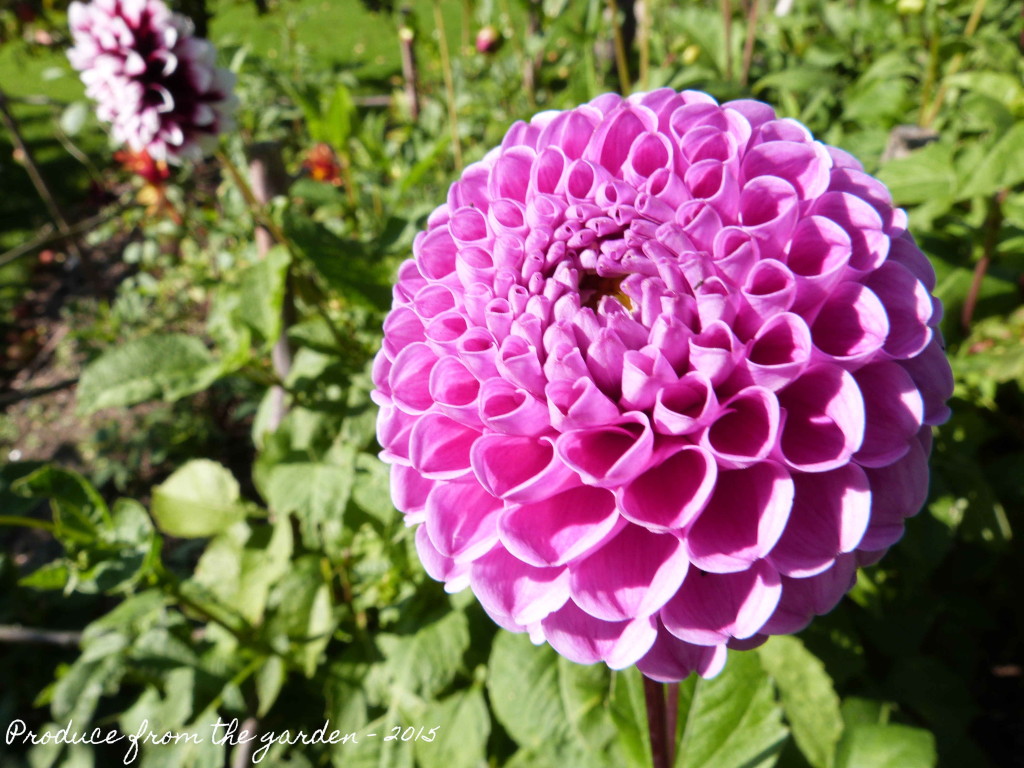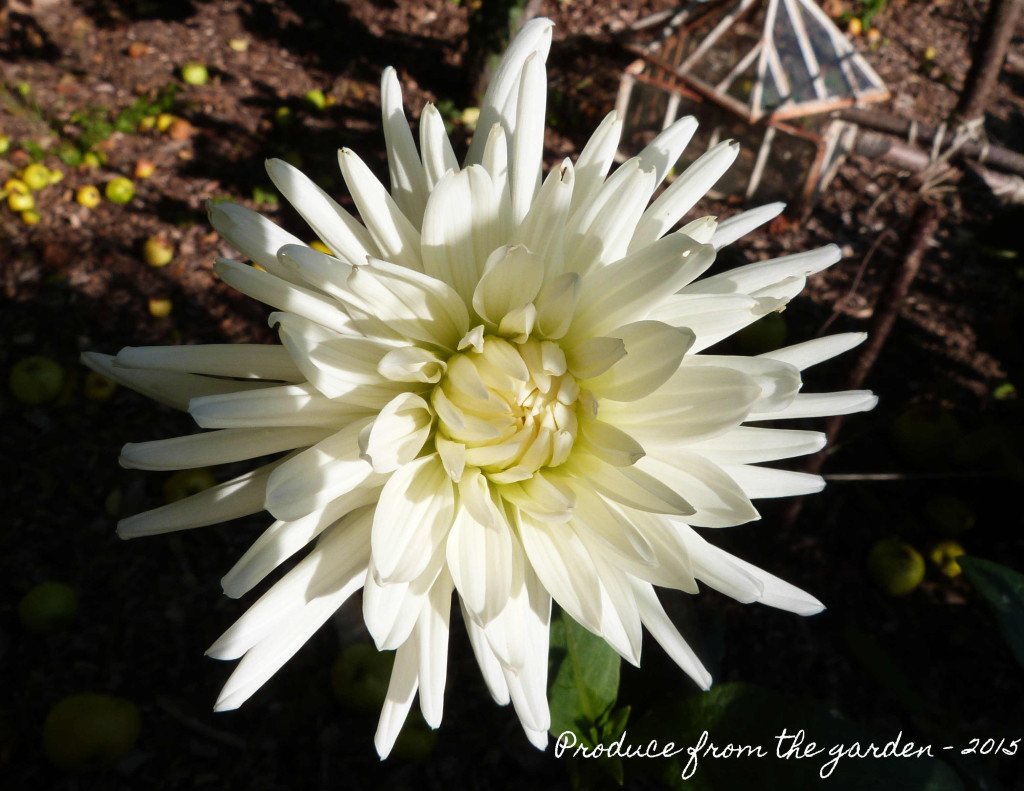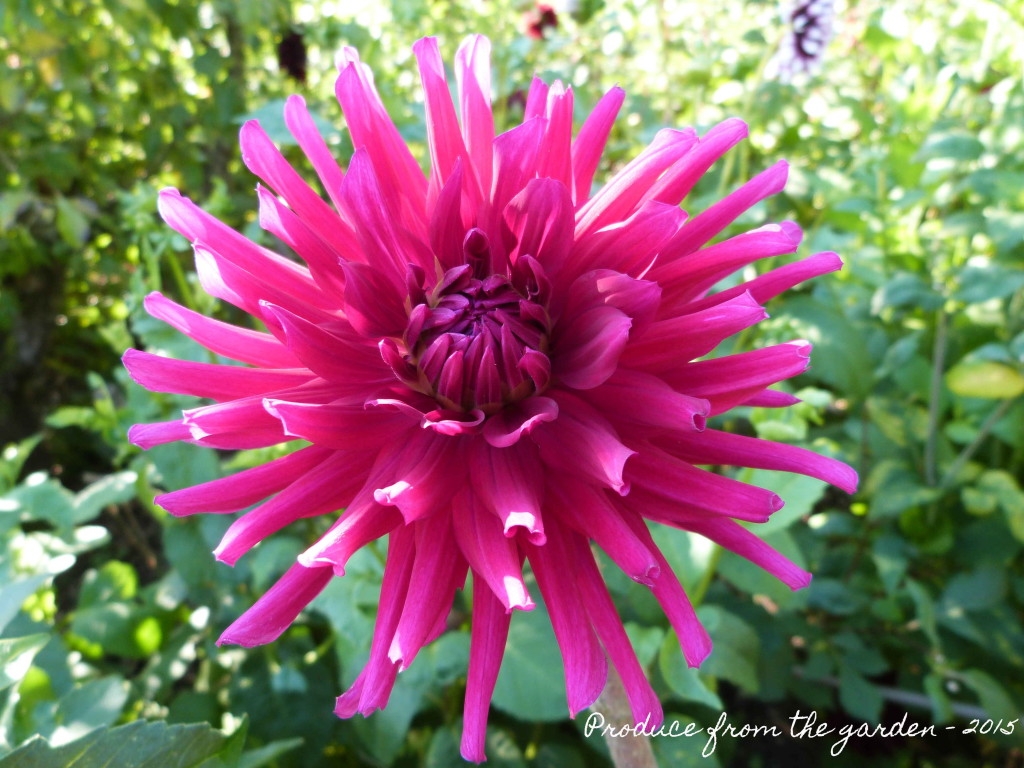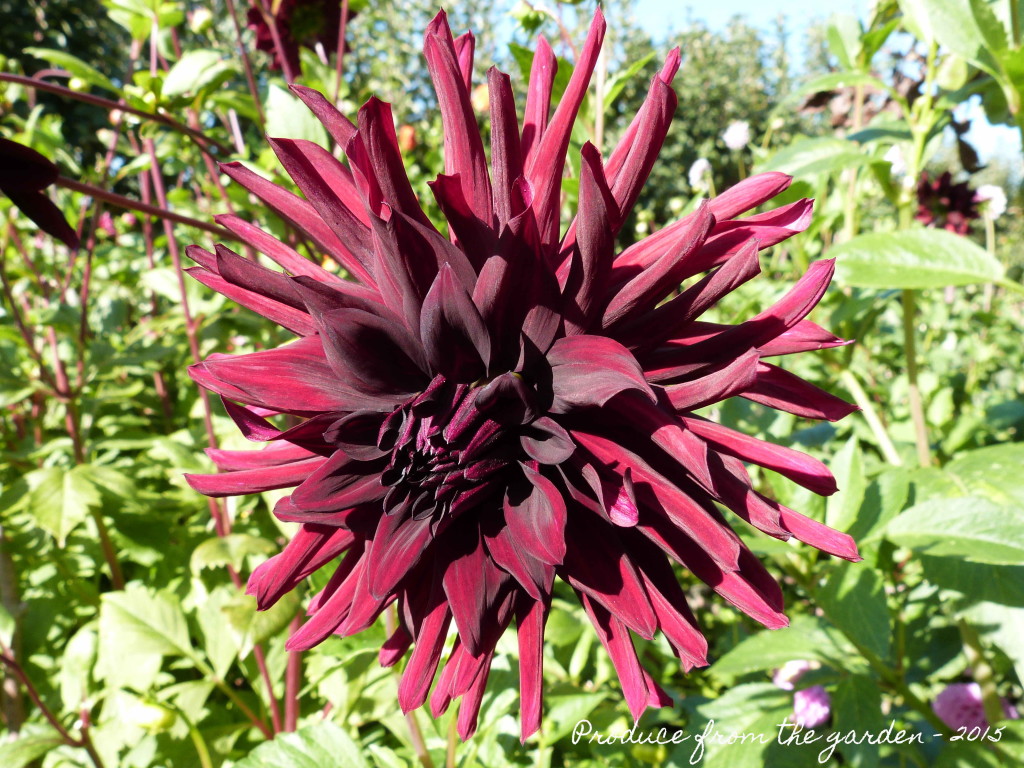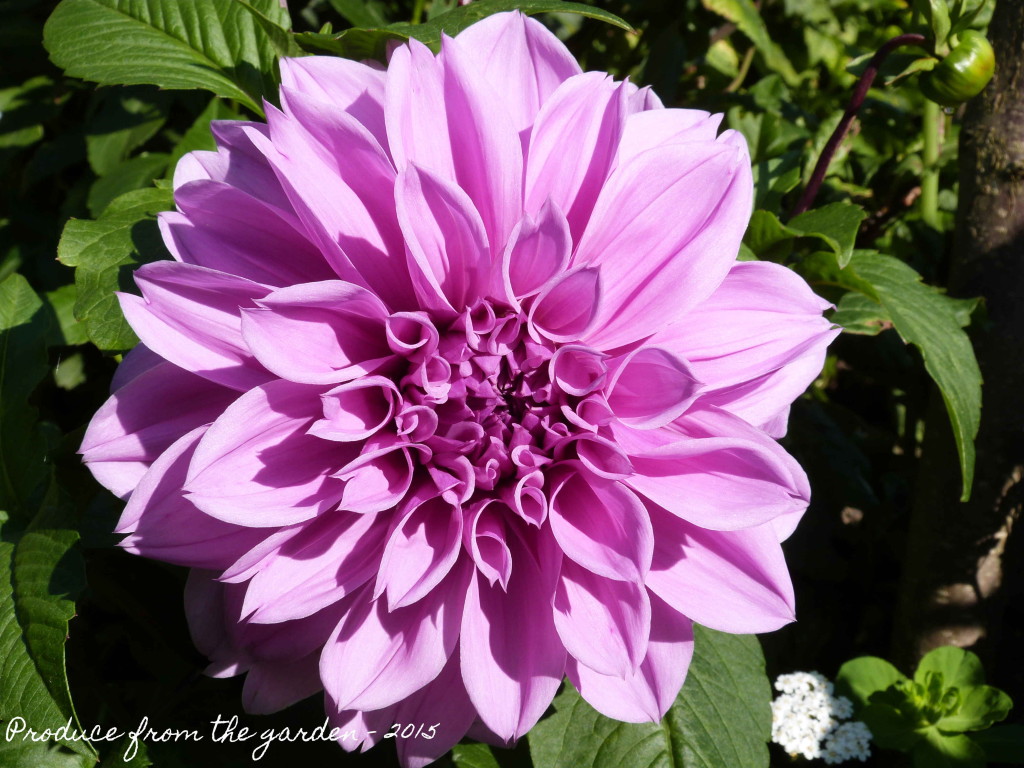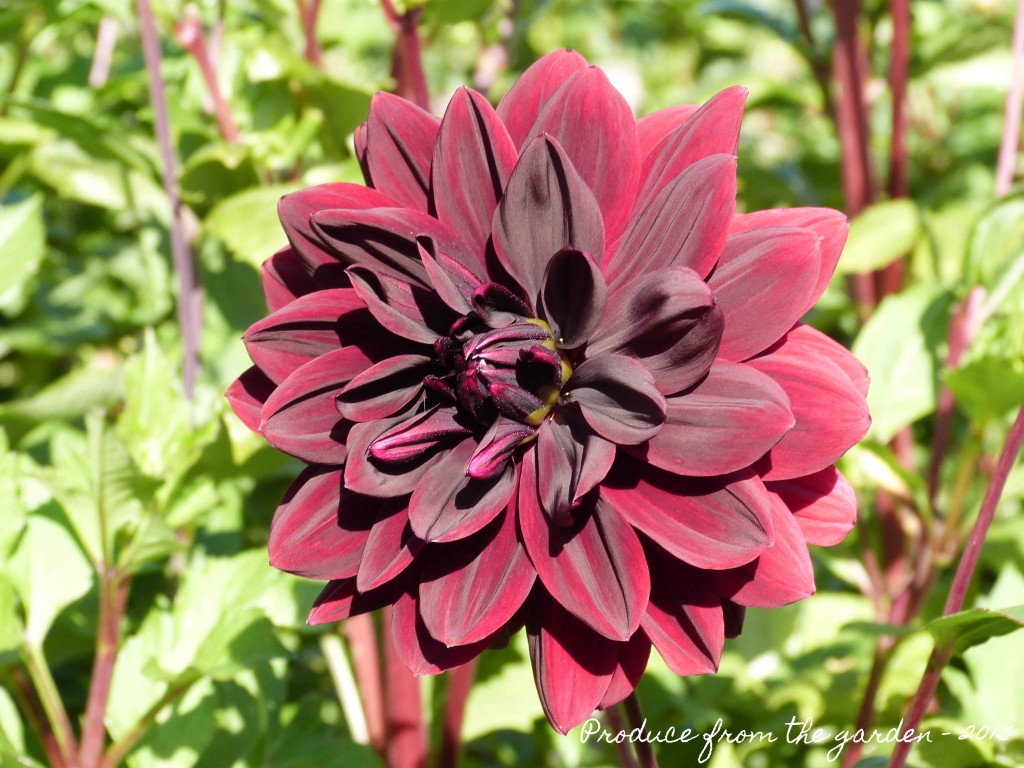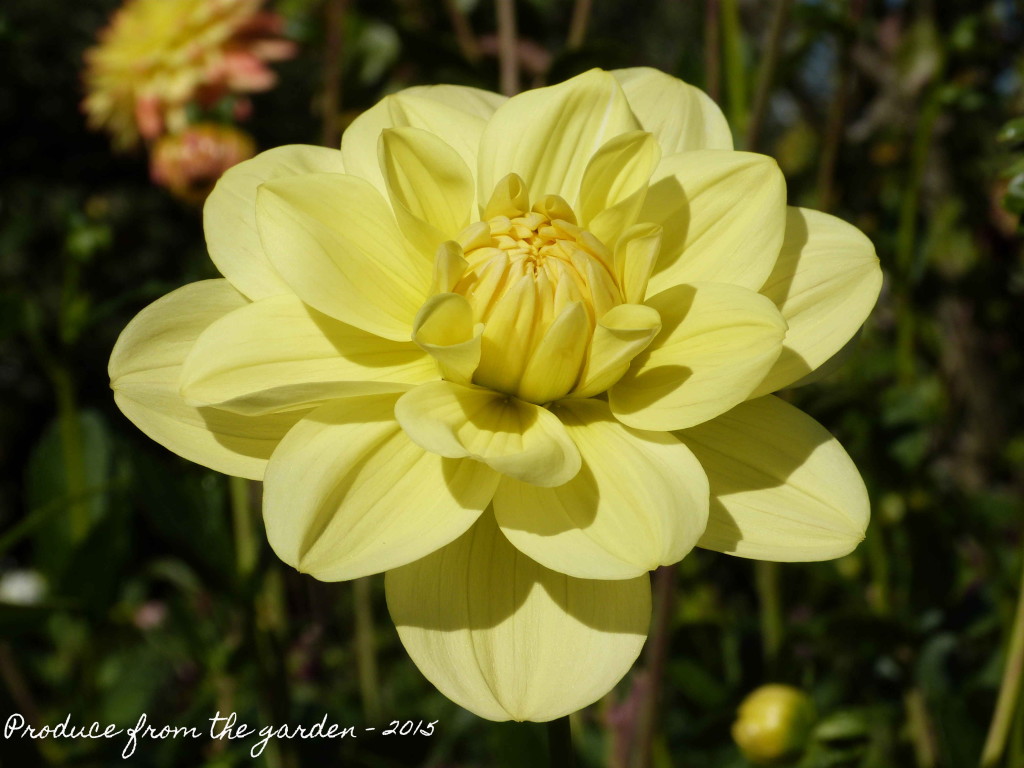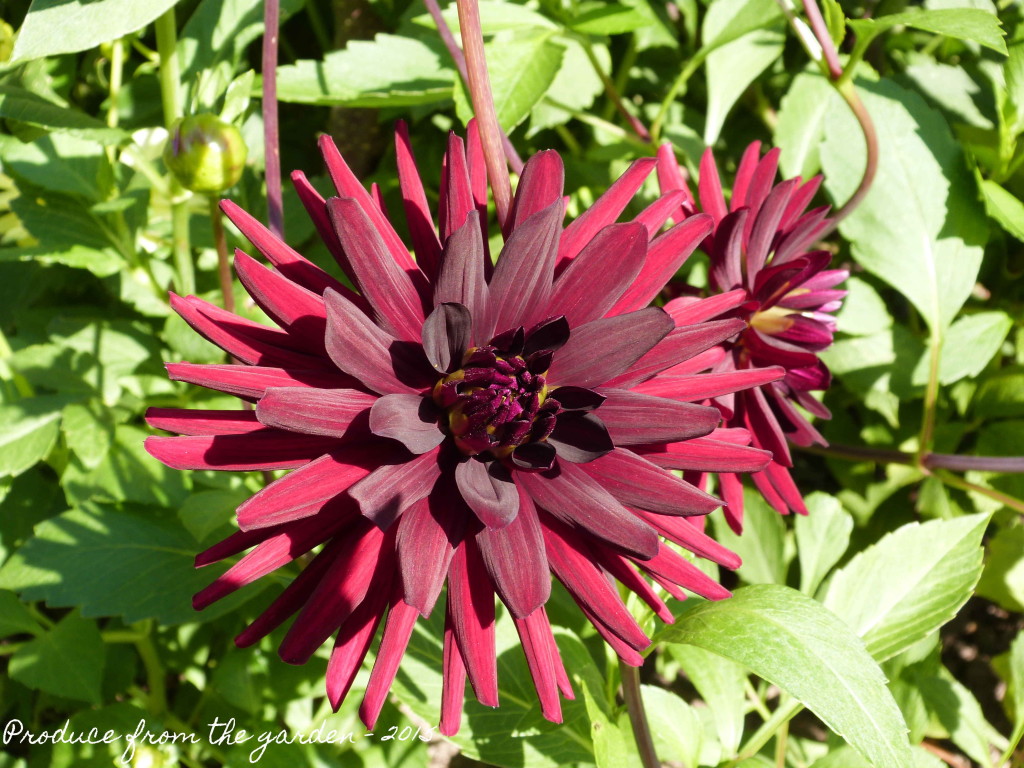I only started working on our garden at the start of this year, much of my time has been spent pondering and planning for future years. Spring bulbs have been at the forefront of my thoughts, now is the time to get out there and plant them. There is just one exception, the tulip, wait until November for best planting results.
I aim to extend the cut flower season with all the spring bulbs, I also want to add some spring colour to the garden. I have split the bulb planting into four areas, the cut flower border, under apple trees, in the meadow and in my tiny woodland.
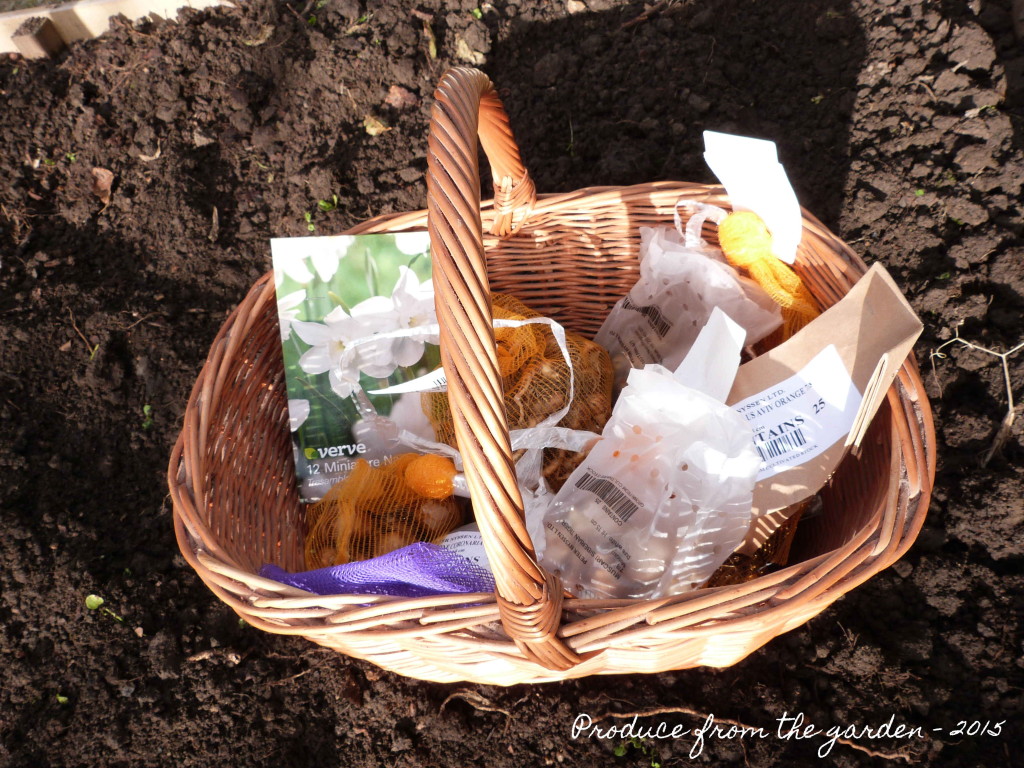 The bulbs ready for planting
The bulbs ready for planting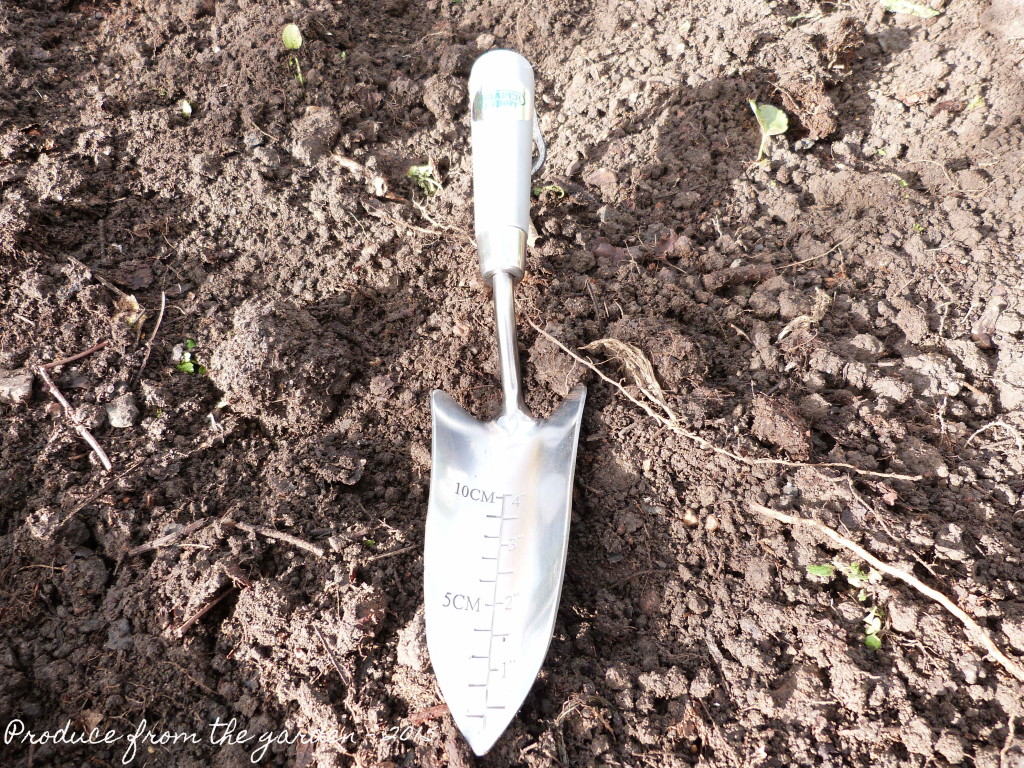 I treated myself to a pointed trowel for the occasion
I treated myself to a pointed trowel for the occasion
The cut flower border
At the top of my cut flower border I’ve planted rows of bulbs. Anemone Coronaria Sylphide, a stunning deep pink that will brighten any spring day, it shouts at me to be put in a vase with Ranunculus Aviv Orange a fabulous zingy hot colour. The deep pink and orange combination just makes me smile. So of course they have been planted side by side in the cutting bed. I have also planted rows of Muscari ‘Siberian tiger’ (a white grape hyacinth) and Drumstick Alliums, small purple pom poms that are very useful in spring flower arrangements. I have lots of traditional blue Muscari in other areas of the garden and I’ve planted Allium ‘purple sensation’ (my all time favourite Allium) in to my ornamental flower beds.
Daffodils under the apple trees
A row of nine apple trees divide my kitchen garden in two, one side is my cutting border the other the raised vegetable beds and dahlia border. In spring this central spine of trees look bare and sparse, so my plan over the years is to under plant with daffodils. This year I’ve filled the first section closest to the path with white scented narcissi, not only will they look great lifting a dull patch but there should be a gorgeous scented punch as you walk by. My selection has been Narcissus Triandrus Tresamble, Narcissus Thalia (my favourite daffodil) and Narcissus Recurvus (the delicate pheasant eye daffodil).
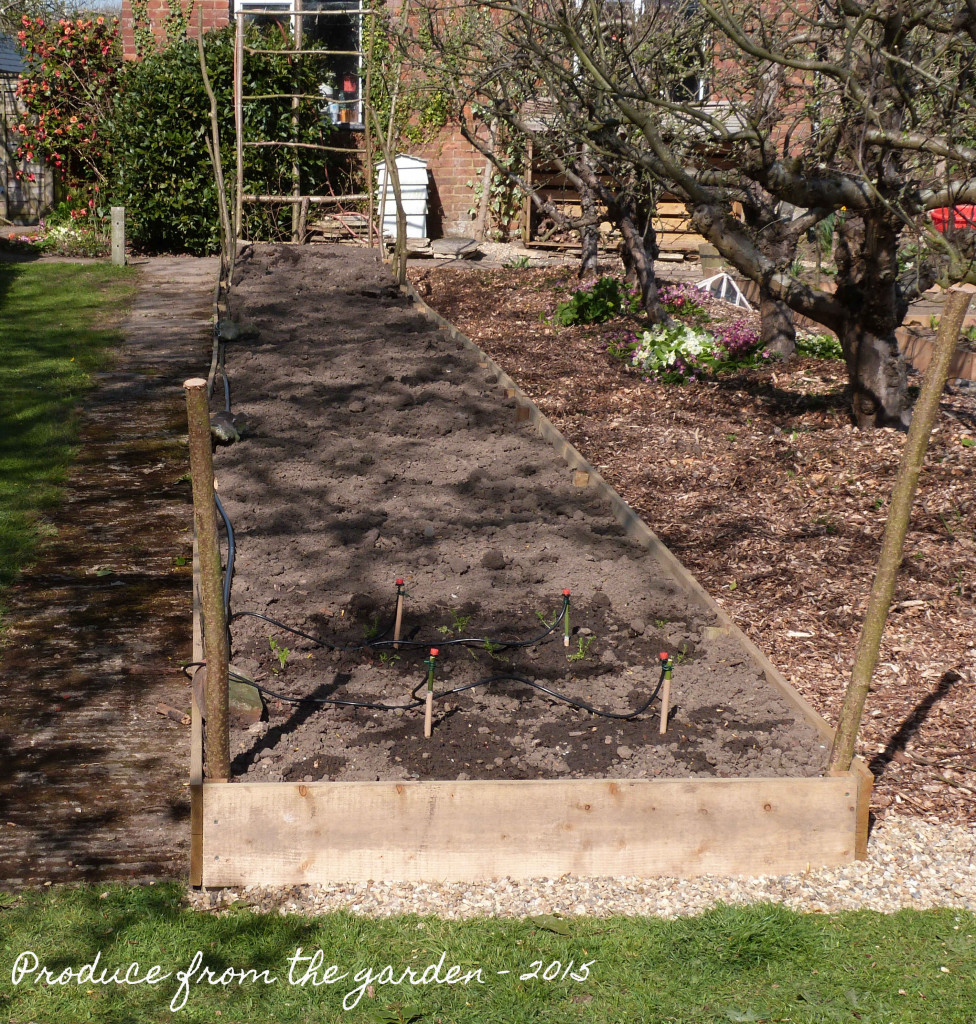 Frustratingly I didn’t photograph the bare spine of apple trees this spring, but you can see a few to the side of the cut flower border here
Frustratingly I didn’t photograph the bare spine of apple trees this spring, but you can see a few to the side of the cut flower border here
The meadow
A couple of years ago a friend took me on a guided spring walk of RHS Wisley with Colin Crosbie, Wisley’s Curator. He has an infectious, enthusiasm and passion, not only did I leave wanting to plant my very own arboretum (not entirely practical), but we were wowed by his meadow filled with the blue spires of Camassia; I was bowled over and completely smitten. I could never recreate the wonderful scale of this at Wisley, but, I’m keen to attempt the effect in my smaller meadow area. I think every year I will add a few more just to lift the impact and spread the cost!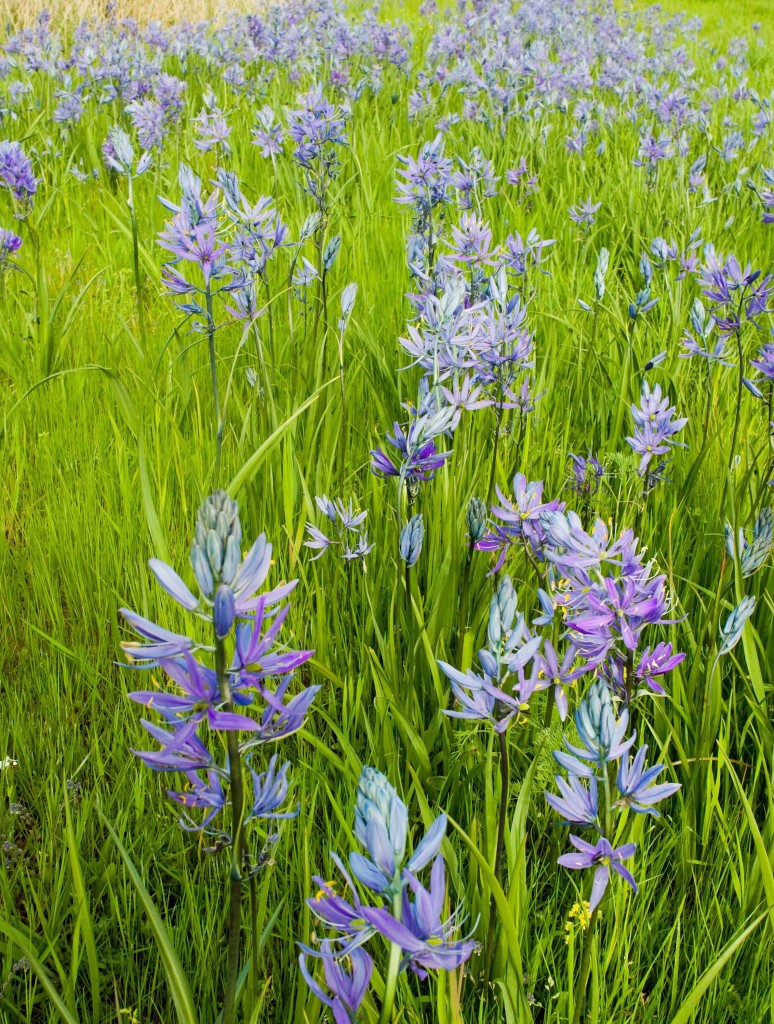
Camassia in long grass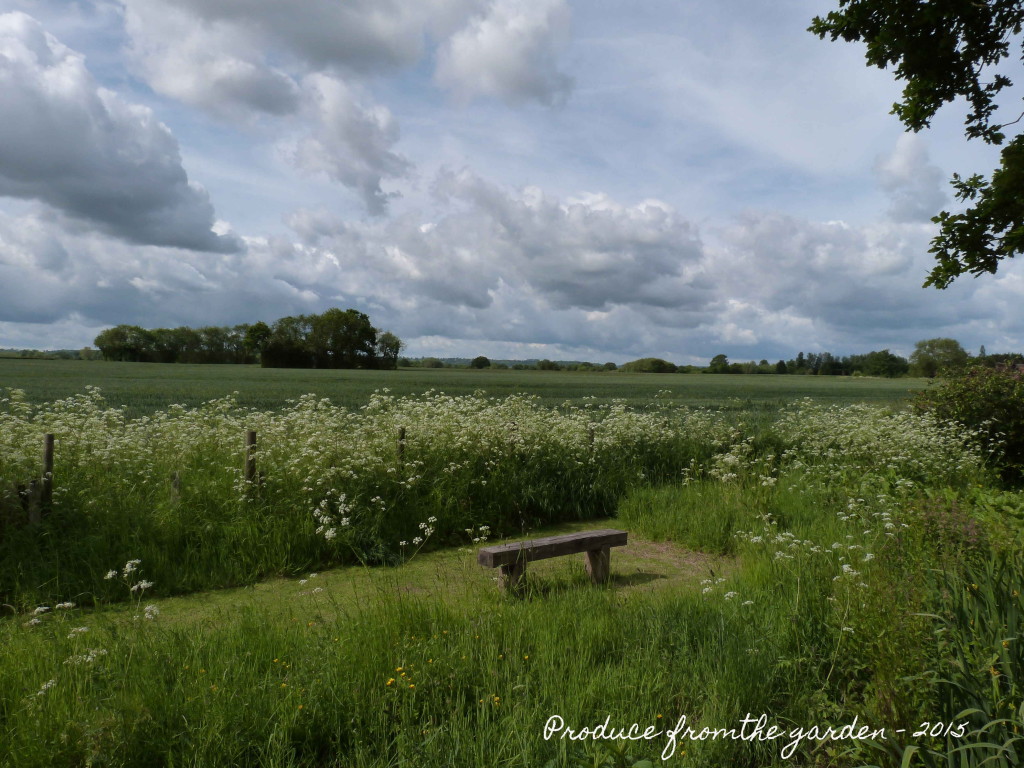 The meadow in the foreground has been planted with Camassia bulbs
The meadow in the foreground has been planted with Camassia bulbs
The wooded area
On one side of our pond is the meadow, situated in full sun, on the other, a small wooded area with dappled shade. In years to come I hope to develop this mini woodland adding hellebores, wood anemones and other shade loving beauties that sit well in a slightly wild patch. For now there is one essential, our native English blue bell. Every year I treasure my dog walks, seeking out the blue haze of a spectacular bluebell carpet. I have never succeeded in recreating the visual impact in a photograph, so to have my very own bluebell copse would be magical. With time the Scilla Nutans should naturalise and spread, I may need to give them a helping hand planting a few extra each year.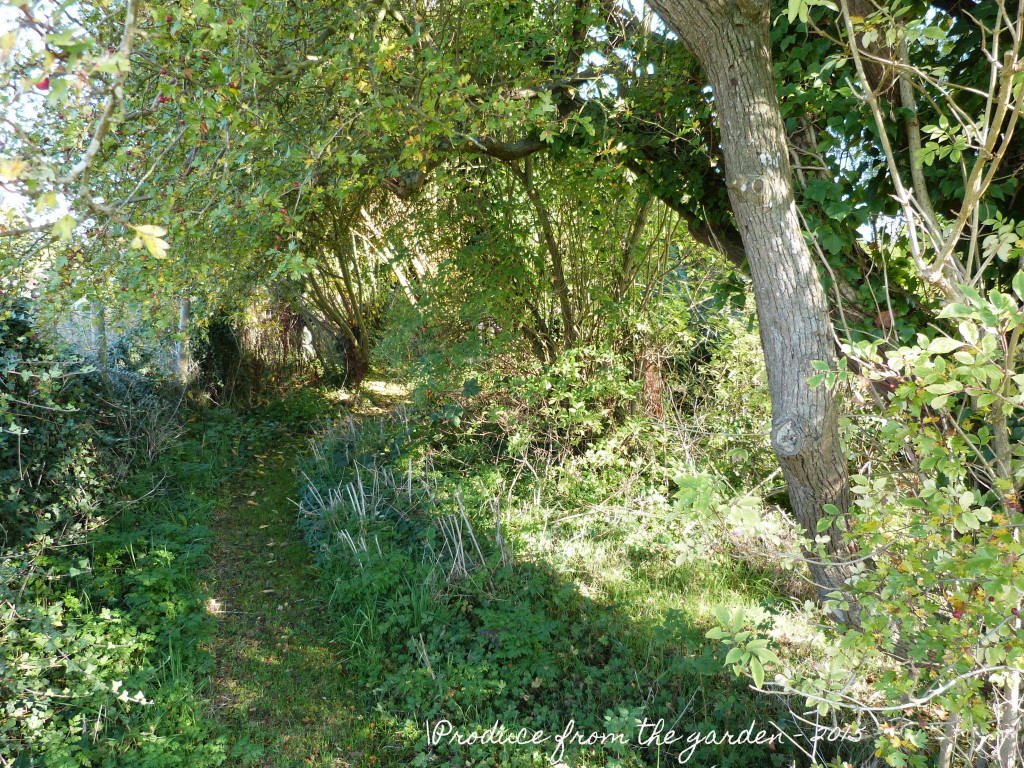
The wooded area where I dream of a Blue Bell haze
A daffodil adventure
My bulb planting in the last few days has taken on another dimension. I was approached to do the flowers for a wedding, I was initially touched to be asked, feeling privileged and complimented, but within a second, reality hit and I said no. Weddings are the creation of treasured memories for the bride, groom and their families. Flowers are an essential element, adding to the atmosphere and fabric of the event, there is no margin for error, to disappoint a bride with a sub-standard display is not something I ever want to experience. On top of all that, it’s an Easter wedding at the end of March, the only flowers I’ll have in bloom are daffodils.
A few weeks past, during this time my mind kept drifting towards daffodil party ideas and I started researching images on my laptop. My enthusiasm slowly increased until I found myself asking the ‘bride to be’ if she’d like to discuss her ideas for the reception flowers further. I did explain that the bouquet was a complete ‘no no’. So I’m brimming with excitement, we’ve agreed on some ideas. Bringing me back down to earth is one challenging hurdle, timing. The main chosen bloom is Narcissus ‘Bridal Crown’ a beautiful, cream scented flower with an apt name, approximate flowering time March/April. We’re in with a chance of flowers for the wedding day, but, to help hedge my bets I’m planting the bulbs in pots and will lug them inside and out, from the green house, to the conservatory and back out again depending on their developmental needs. With hope and lots of luck they’ll be perfect specimens for the end of March. I doubt this will be the last the ‘Produce from the garden’ blog hears of my hair brained adventure. Weddings really should be left to the professionals!
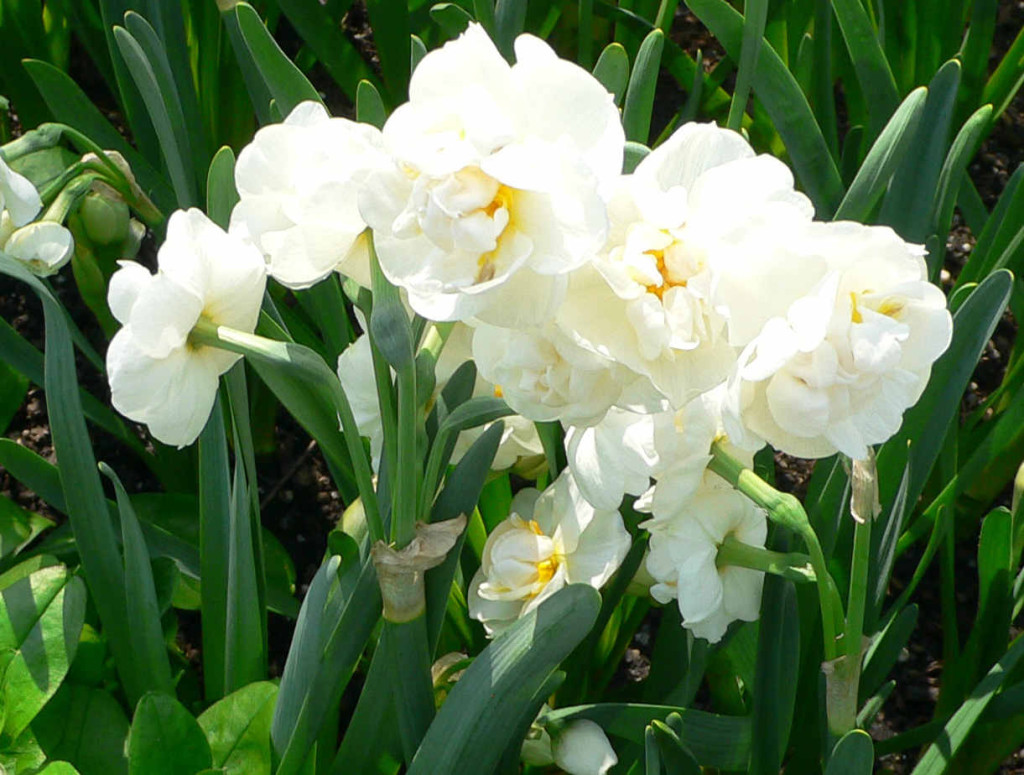 Narcisscus ‘Bridal Crown’
Narcisscus ‘Bridal Crown’
Picture taken by Mark Pellegrini at Longwood Gardens. Narcissus ‘Bridal Crown’ (Creative Commons CC-BY-SA-2.5)
